- Filter By:
-
-
Stock photos and images of username:Marcus
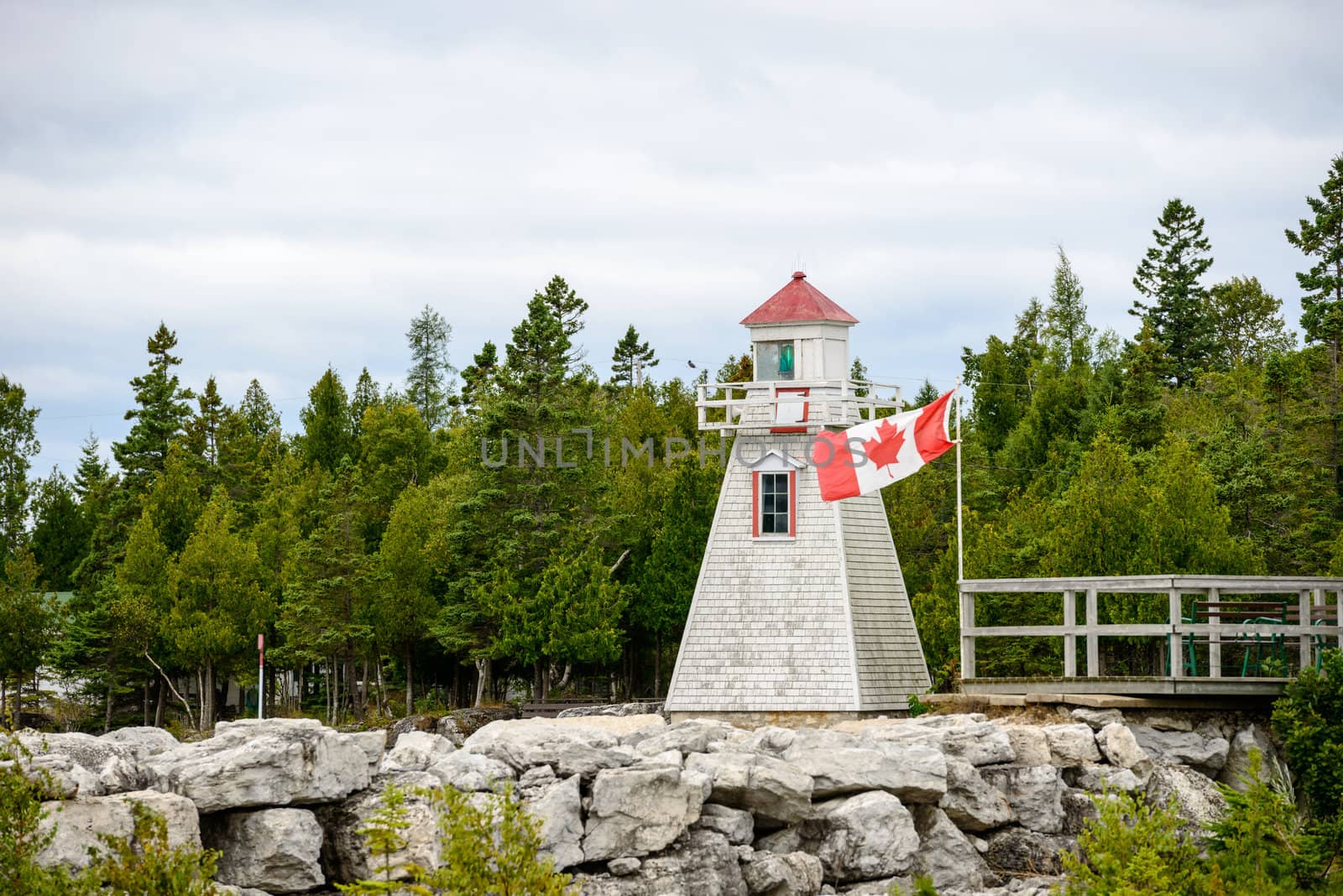
South Baymouth Front & Rear Range Lights
Stock PhotoUsername
MarcusResolution
6500x4338pxSouth Baymouth Front & Rear Range Lights

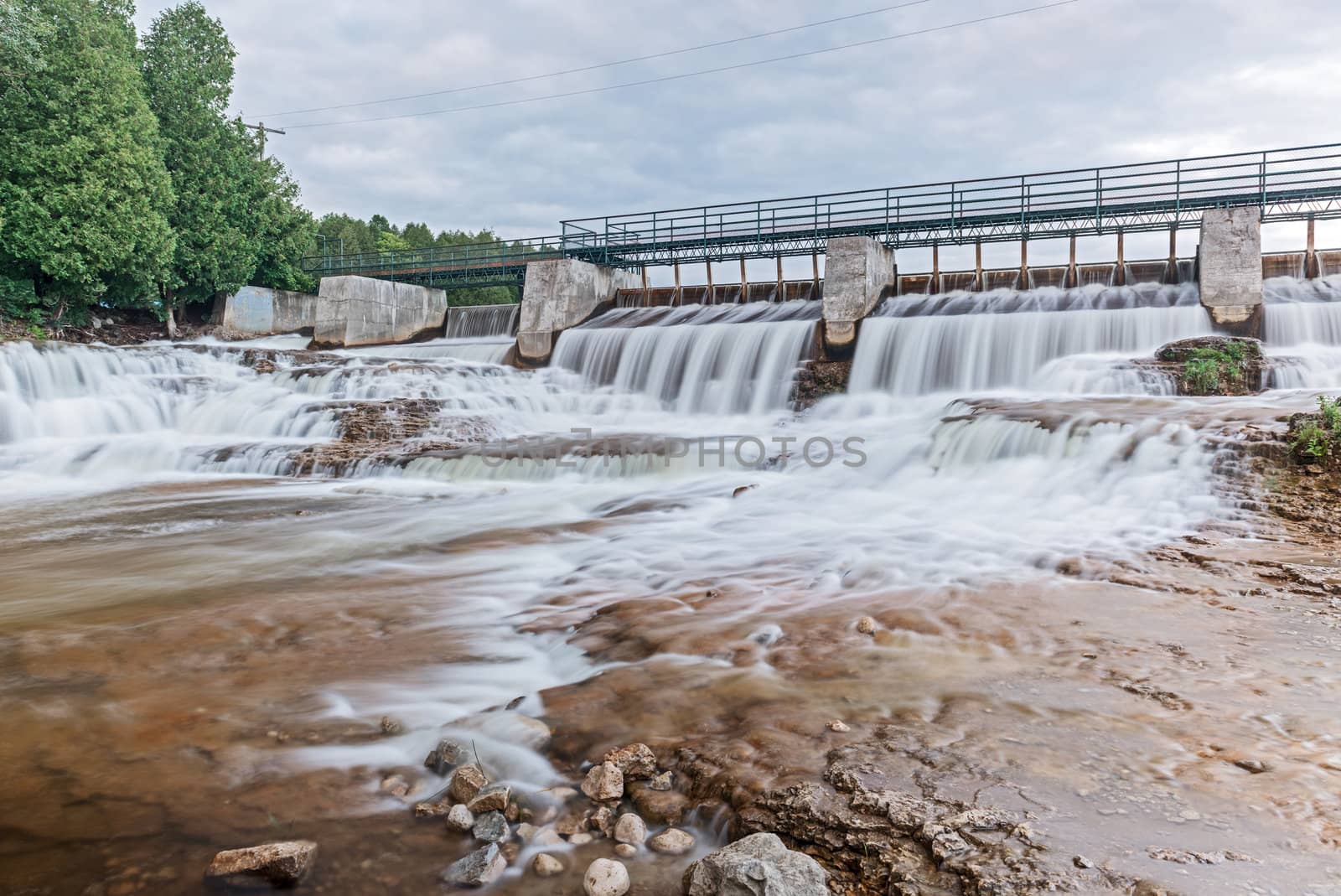
McGowan Falls in Grey County of Durham, Ontario, Canada
Stock PhotoUsername
MarcusResolution
6350x4241pxMcGowan Falls in Grey County of Durham, Ontario, Canada


McGowan Falls in Grey County of Durham, Ontario, Canada
Stock PhotoUsername
MarcusResolution
6500x4338pxMcGowan Falls in Grey County of Durham, Ontario, Canada

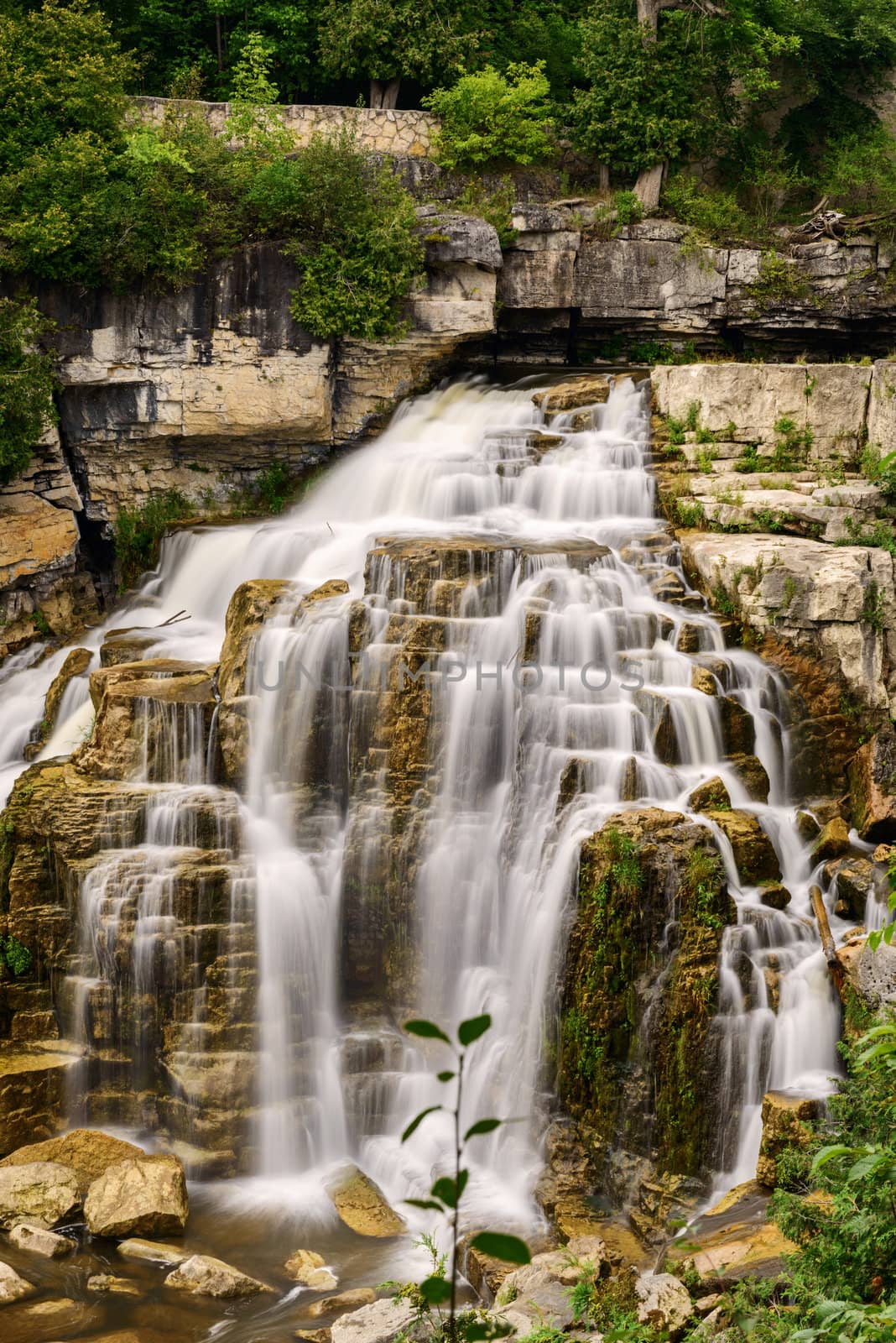
Inglis Falls in Owen Sound, Ontario, Canada
Stock PhotoUsername
MarcusResolution
4005x6001pxInglis Falls in Owen Sound, Ontario, Canada


The falls on Weavers creek in Owen Sound, Ontario, Canada
Stock PhotoUsername
MarcusResolution
6000x4004pxThe falls on Weavers creek in Owen Sound, Ontario, Canada

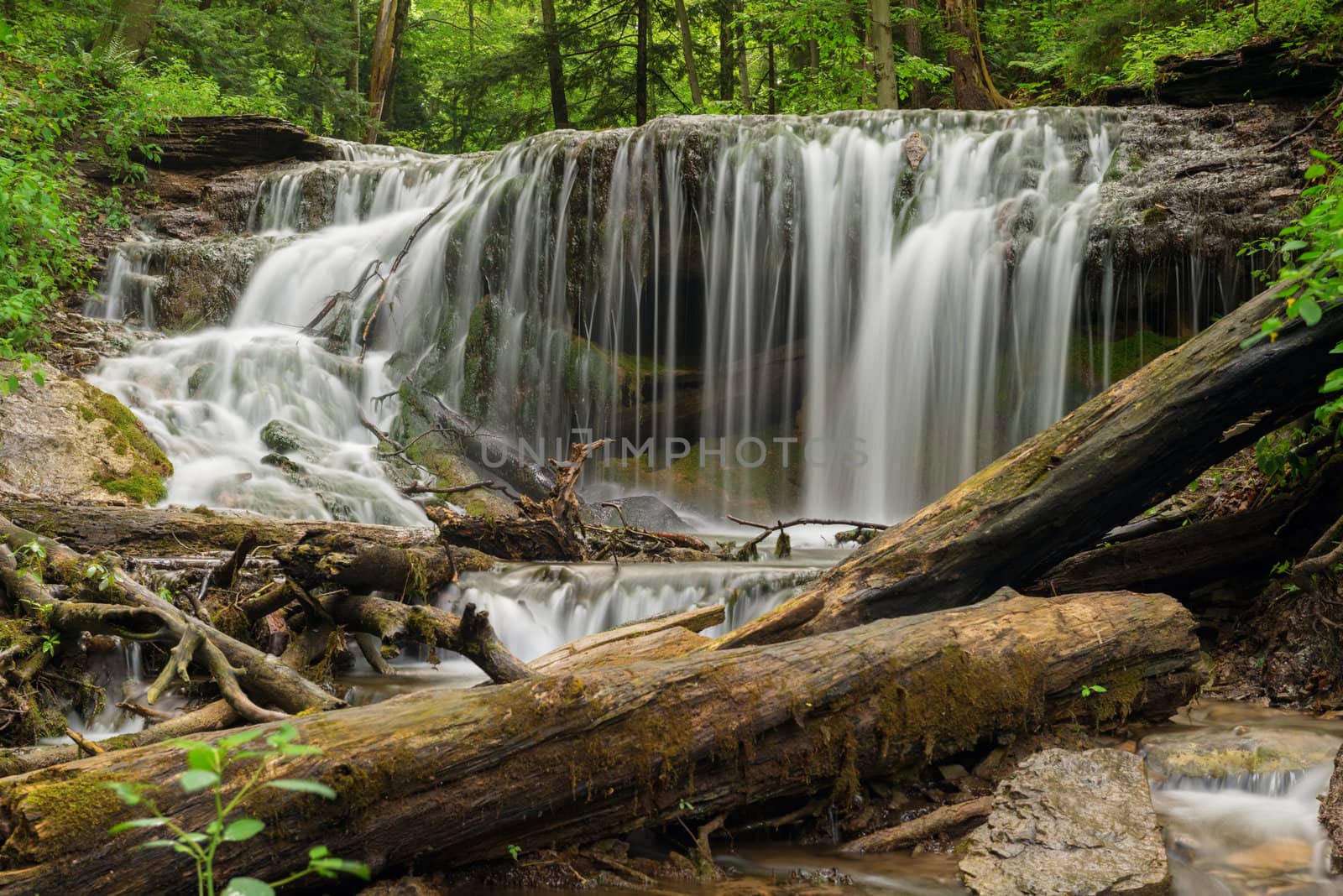
The falls on Weavers creek in Owen Sound, Ontario, Canada
Stock PhotoUsername
MarcusResolution
6100x4071pxThe falls on Weavers creek in Owen Sound, Ontario, Canada

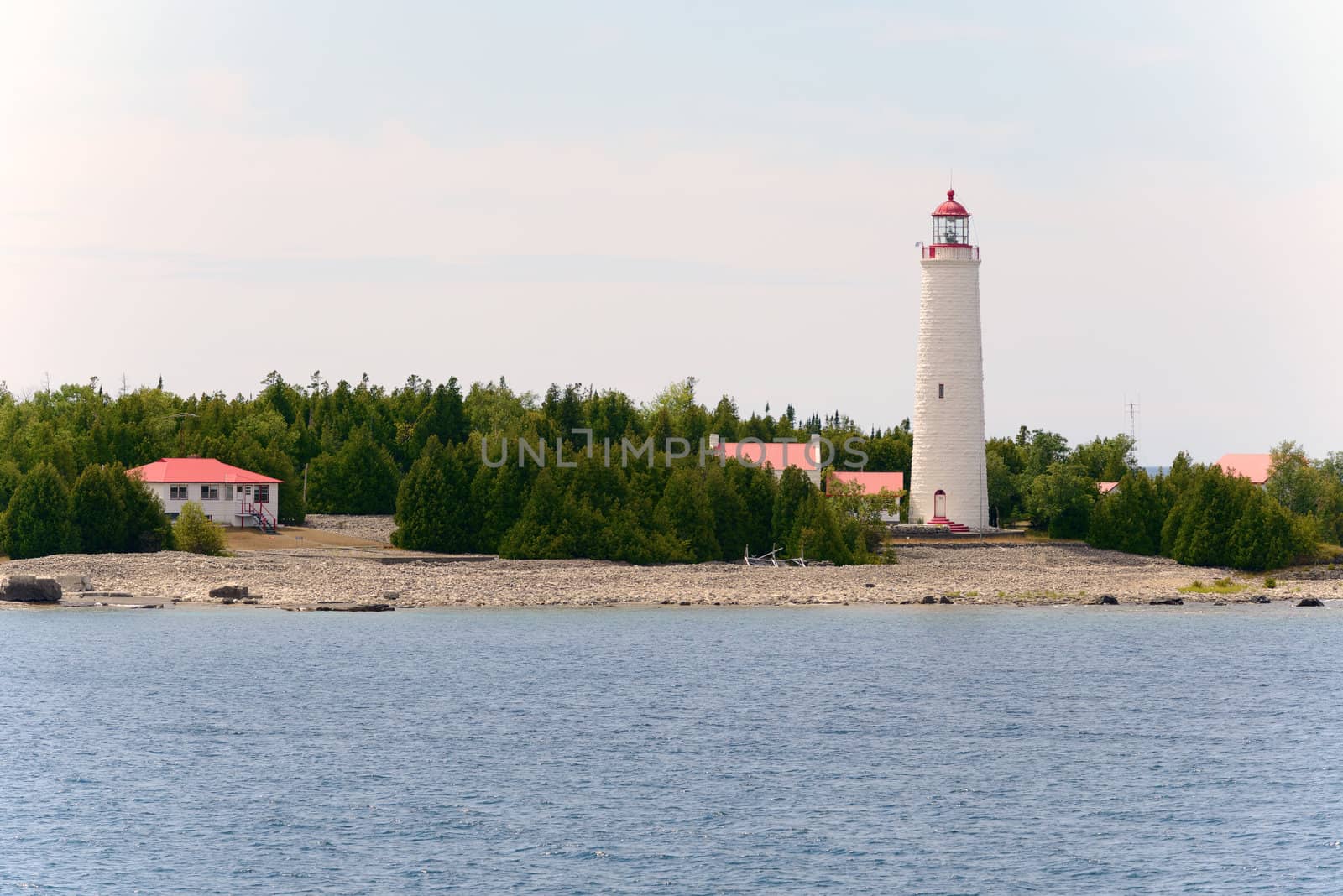
Lighthouse Georgian Bay, Ontario, Canada
Stock PhotoUsername
MarcusResolution
6000x4004pxLighthouse Georgian Bay, Ontario, Canada


Lighthouse Georgian Bay, Ontario, Canada
Stock PhotoUsername
MarcusResolution
6600x4405pxLighthouse Georgian Bay, Ontario, Canada


view from the back of a motorboat
Stock PhotoUsername
MarcusResolution
6000x4057pxview from the back of a motorboat

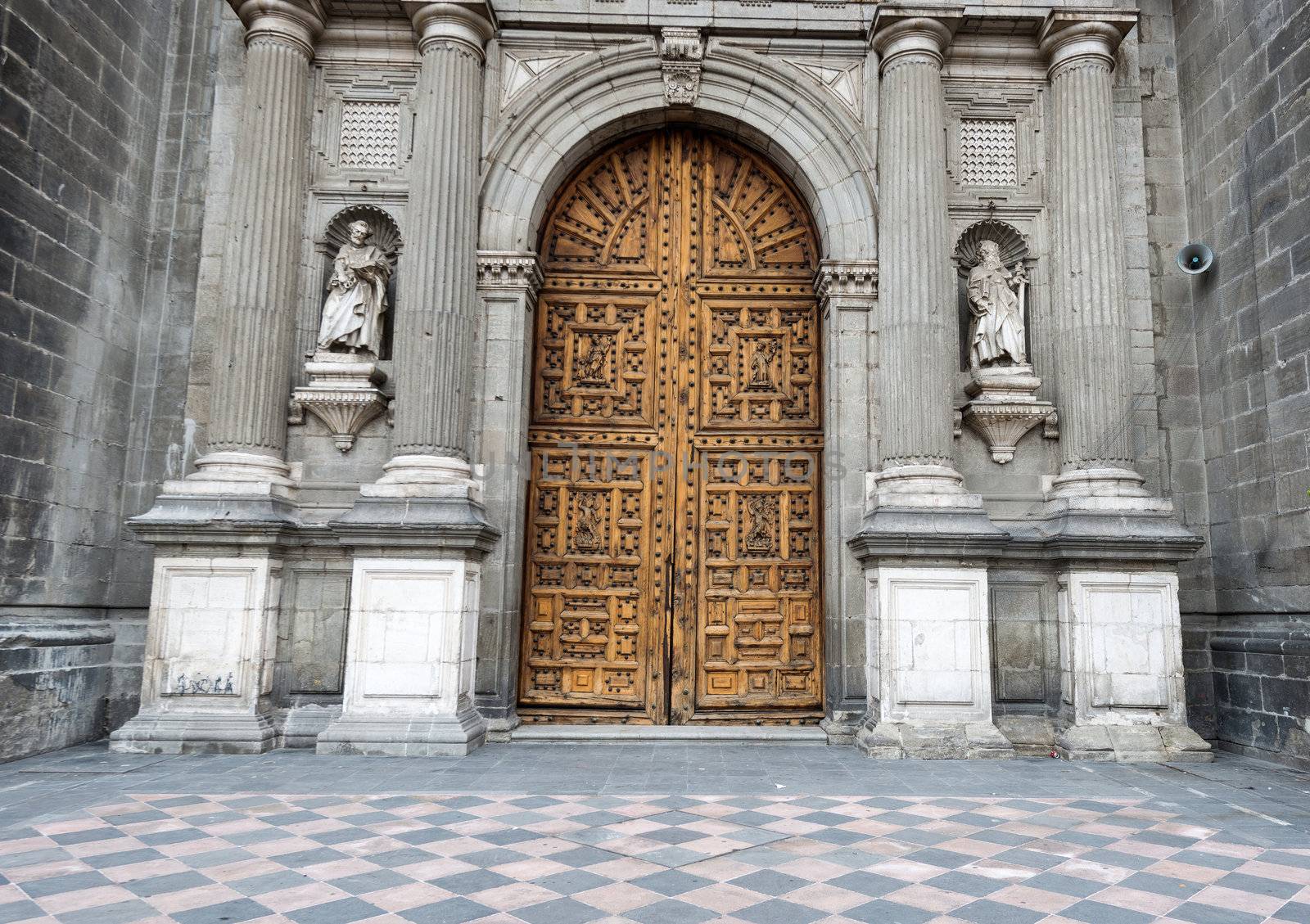
Historic wooden entrance doors to Metropolitan Cathedral in Mexi
Stock PhotoUsername
MarcusResolution
5600x3951pxHistoric wooden entrance doors to Metropolitan Cathedral in Mexi

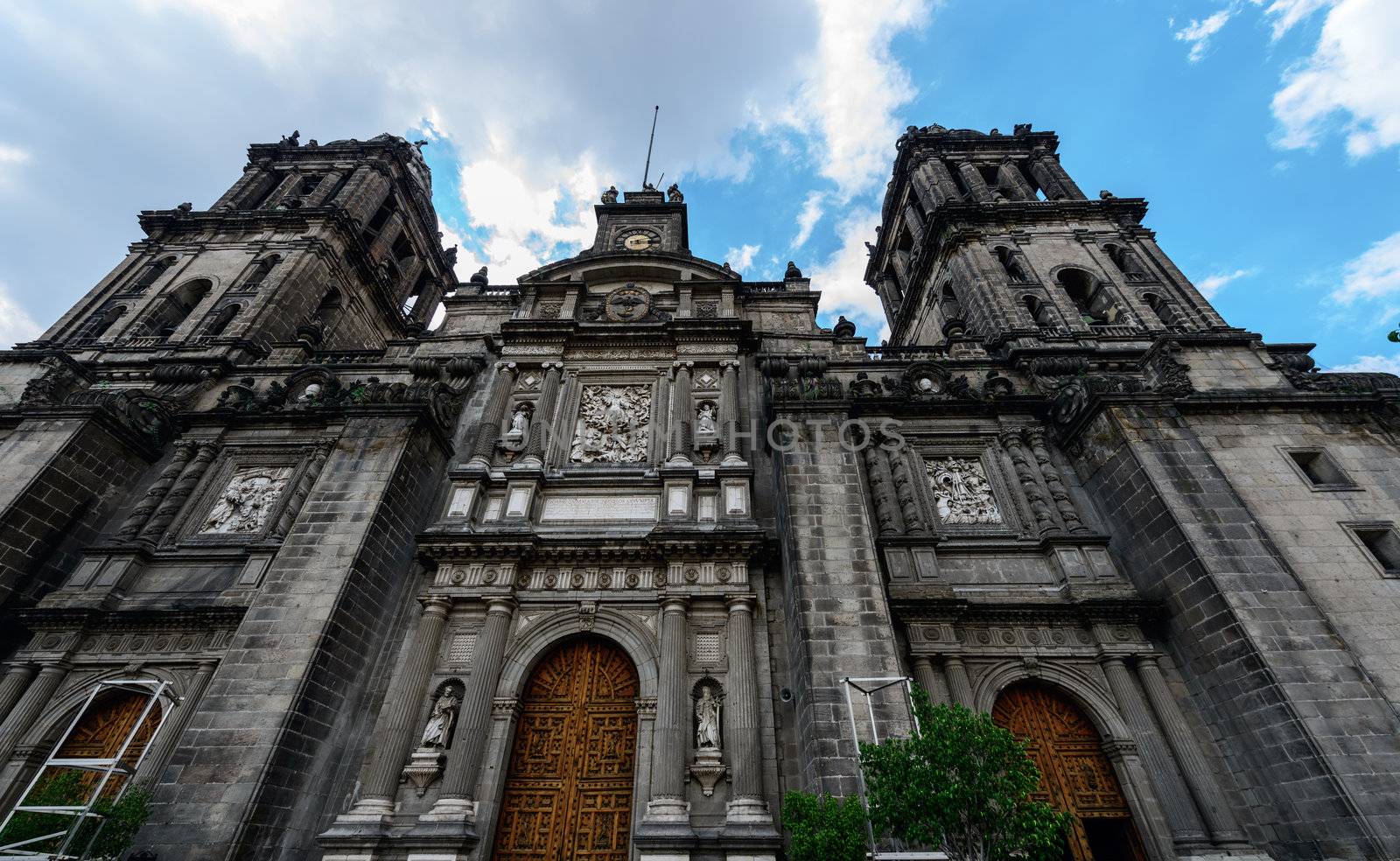
The Metropolitan Cathedral in Mexico city
Stock PhotoUsername
MarcusResolution
6600x4060pxThe Metropolitan Cathedral in Mexico city

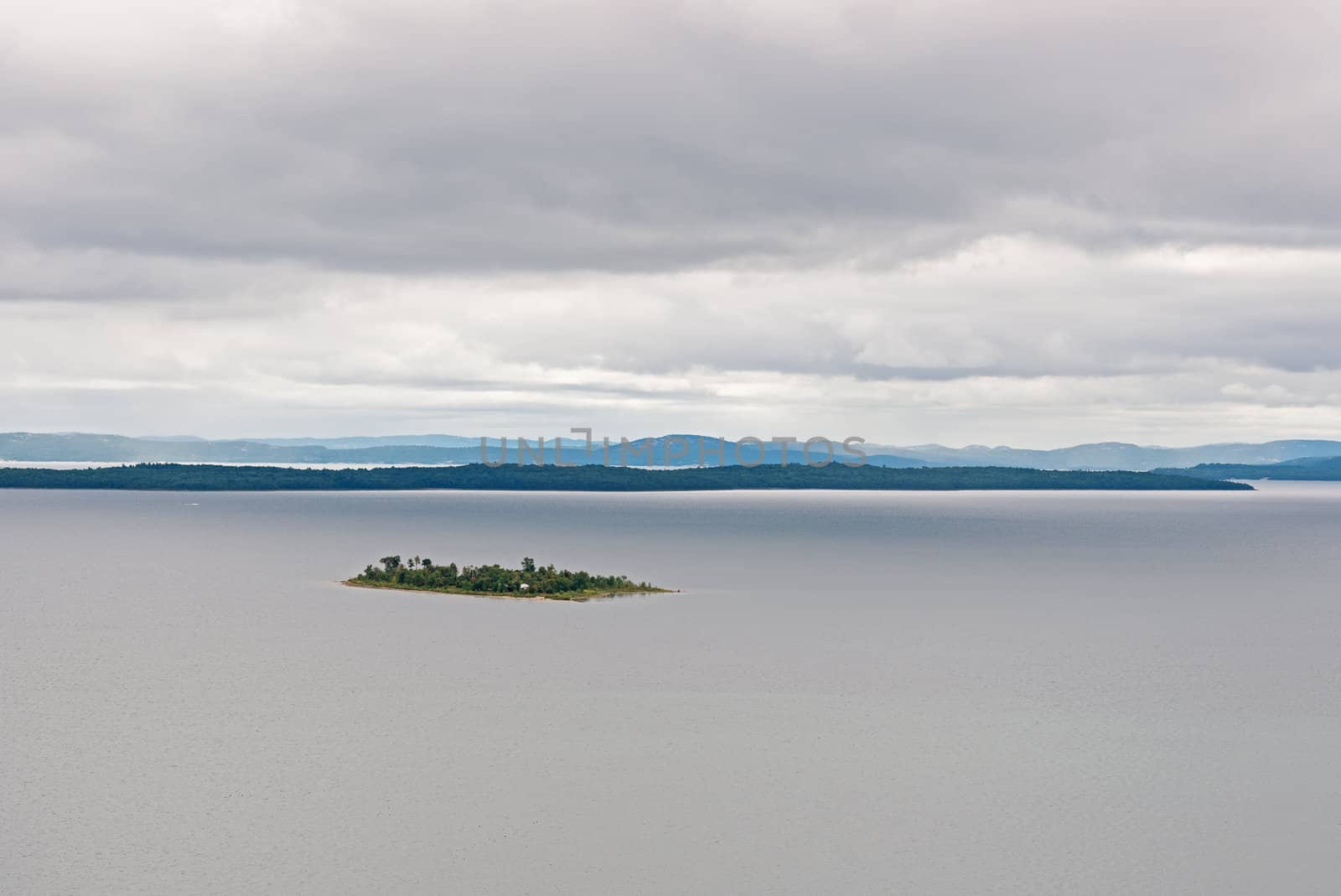
Island Georgian Bay, Ontario Canada
Stock PhotoUsername
MarcusResolution
5815x3884pxIsland Georgian Bay, Ontario Canada

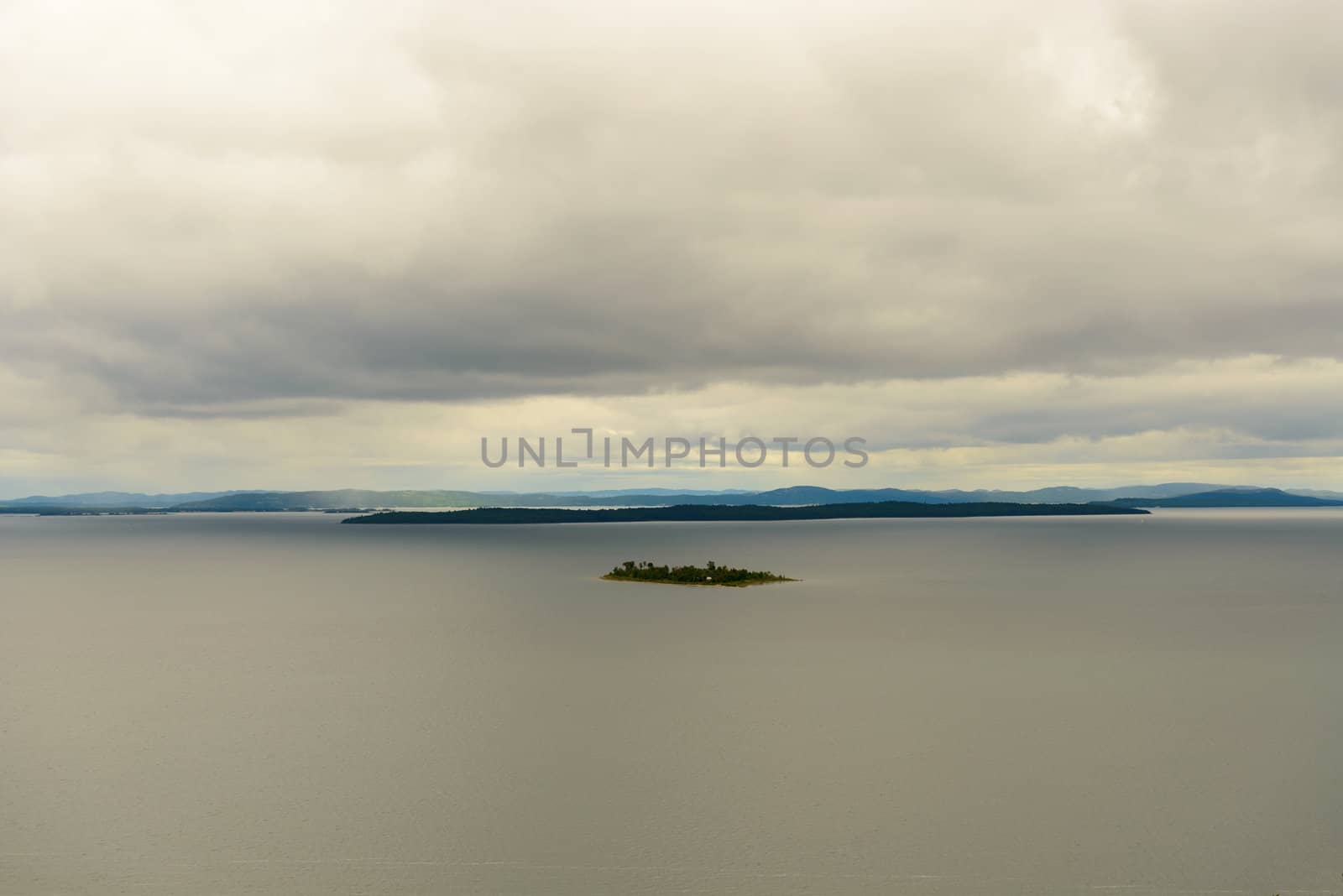
Island Georgian Bay, Ontario Canada
Stock PhotoUsername
MarcusResolution
7360x4912pxIsland Georgian Bay, Ontario Canada

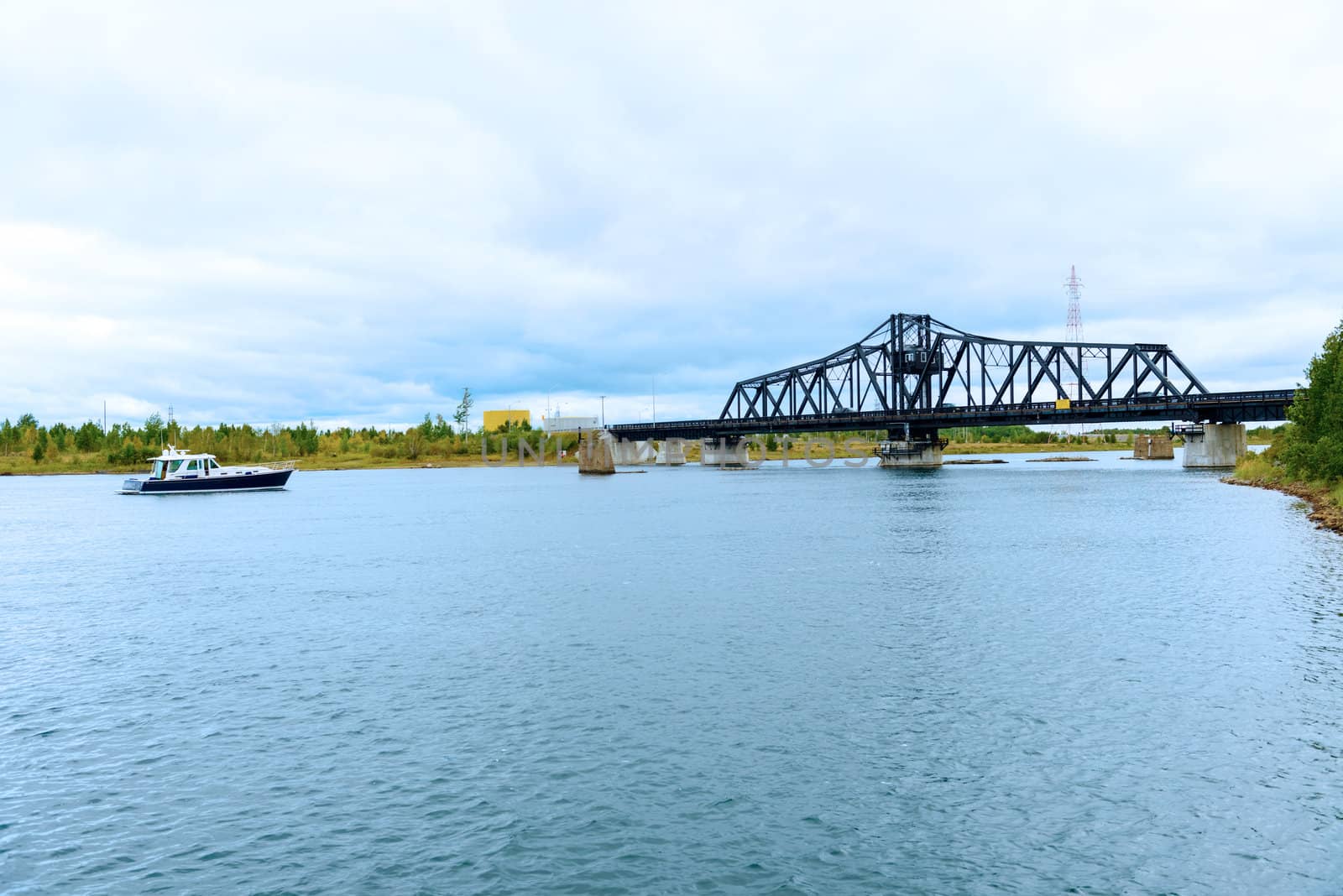
Swing Bridge Monitoulin Island, Ontario, Canada
Stock PhotoUsername
MarcusResolution
7360x4912pxSwing Bridge Monitoulin Island, Ontario, Canada

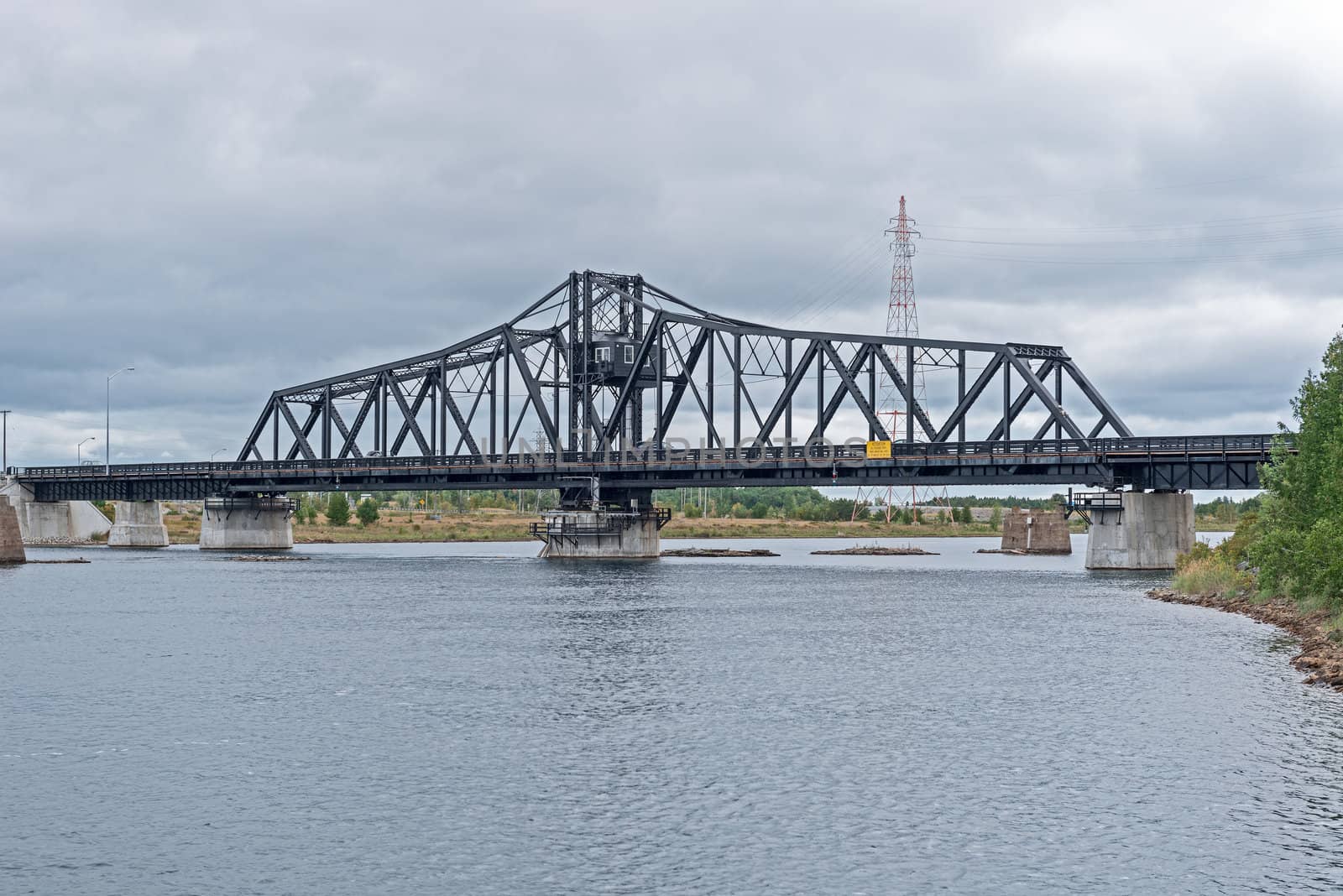
Swing Bridge Monitoulin Island, Ontario, Canada
Stock PhotoUsername
MarcusResolution
6000x4004pxSwing Bridge Monitoulin Island, Ontario, Canada

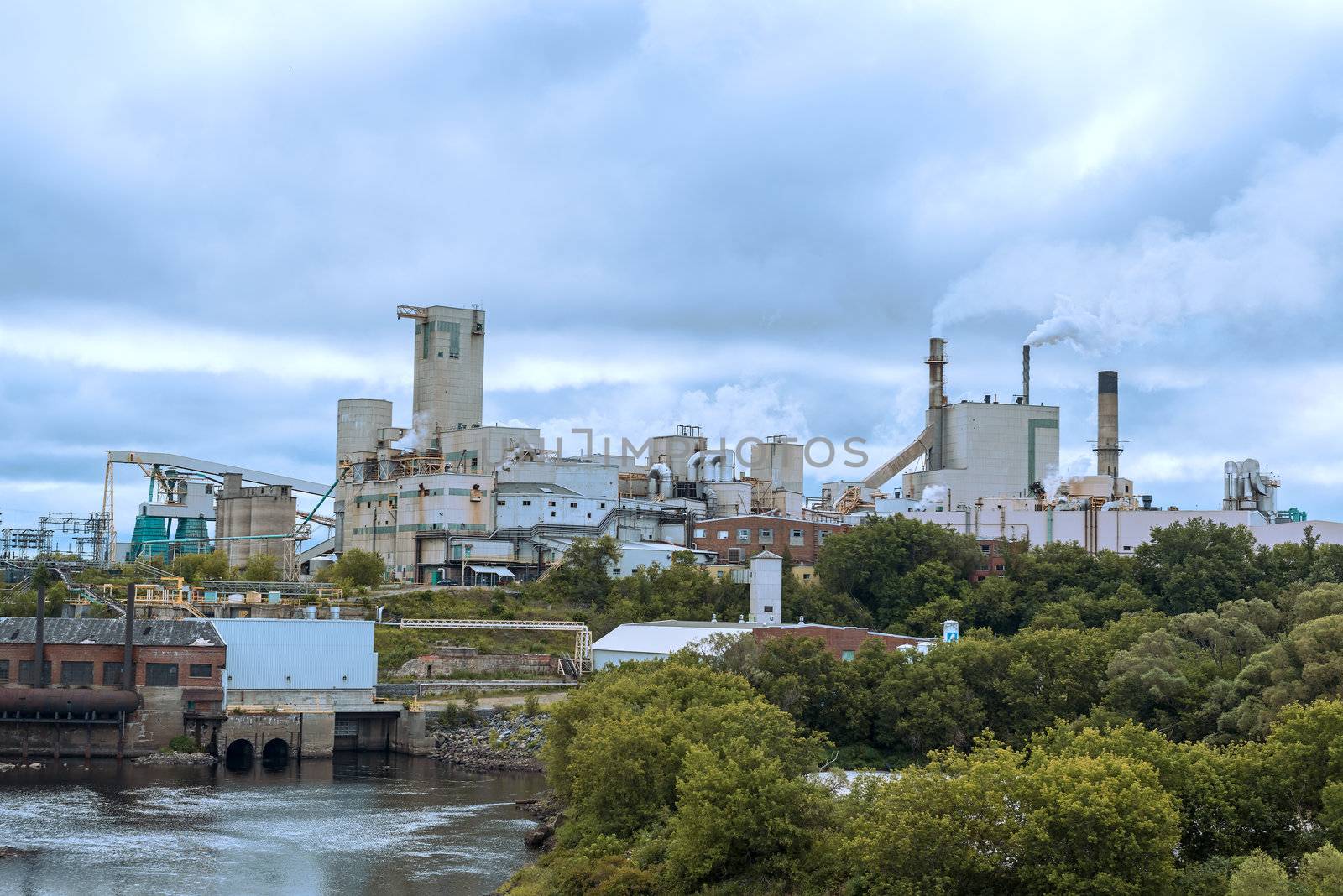
Domtar paper mill in town of Espanola, Ontario Canada
Stock PhotoUsername
MarcusResolution
6000x4004pxDomtar paper mill in town of Espanola, Ontario Canada

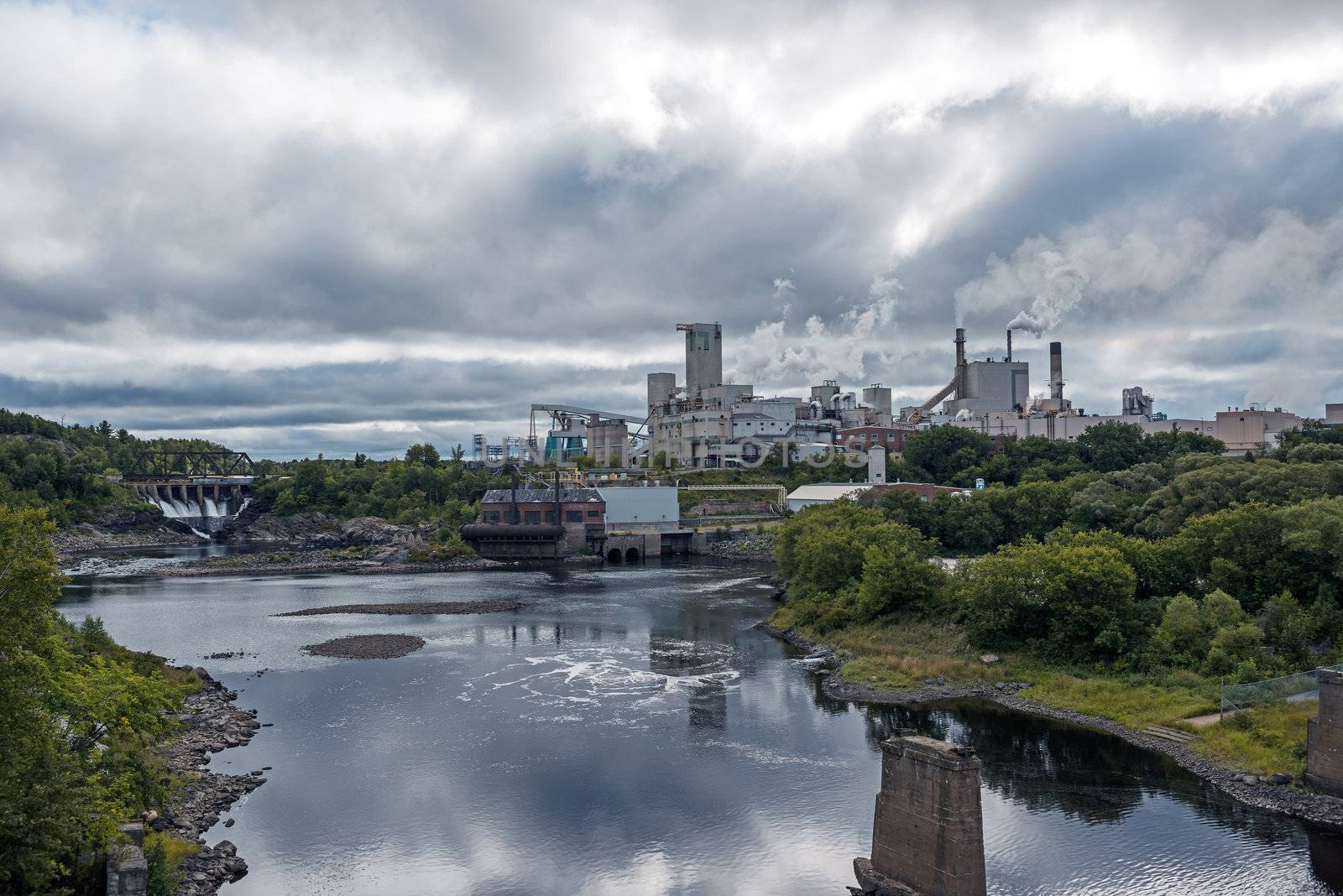
Domtar paper mill in town of Espanola, Ontario Canada
Stock PhotoUsername
MarcusResolution
6800x4538pxDomtar paper mill in town of Espanola, Ontario Canada

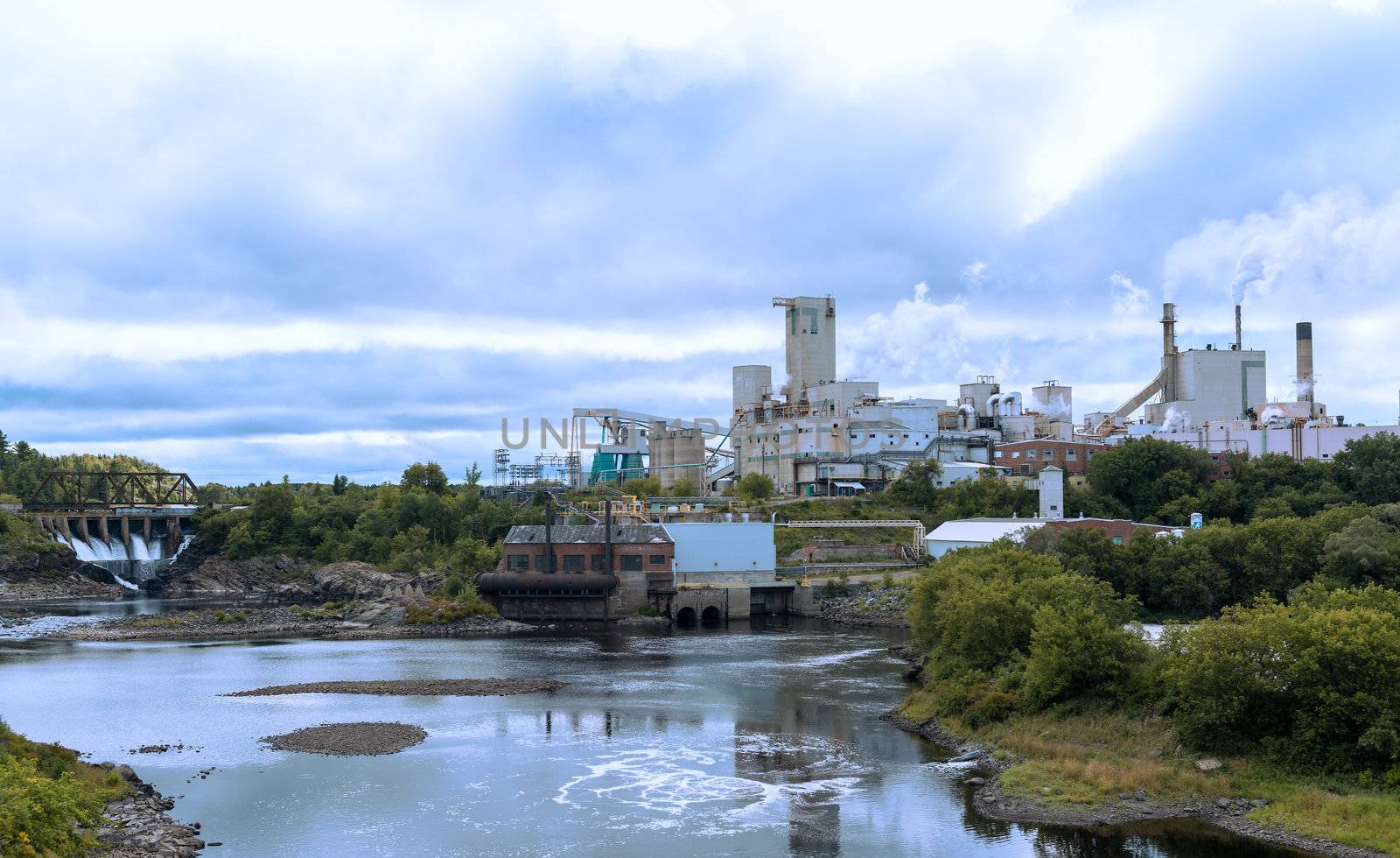
Domtar paper mill in town of Espanola, Ontario Canada
Stock PhotoUsername
MarcusResolution
7360x4509pxDomtar paper mill in town of Espanola, Ontario Canada


Science Center North in Sudbury,Ontario-Canada
Stock PhotoUsername
MarcusResolution
5500x3644pxScience Center North in Sudbury,Ontario-Canada

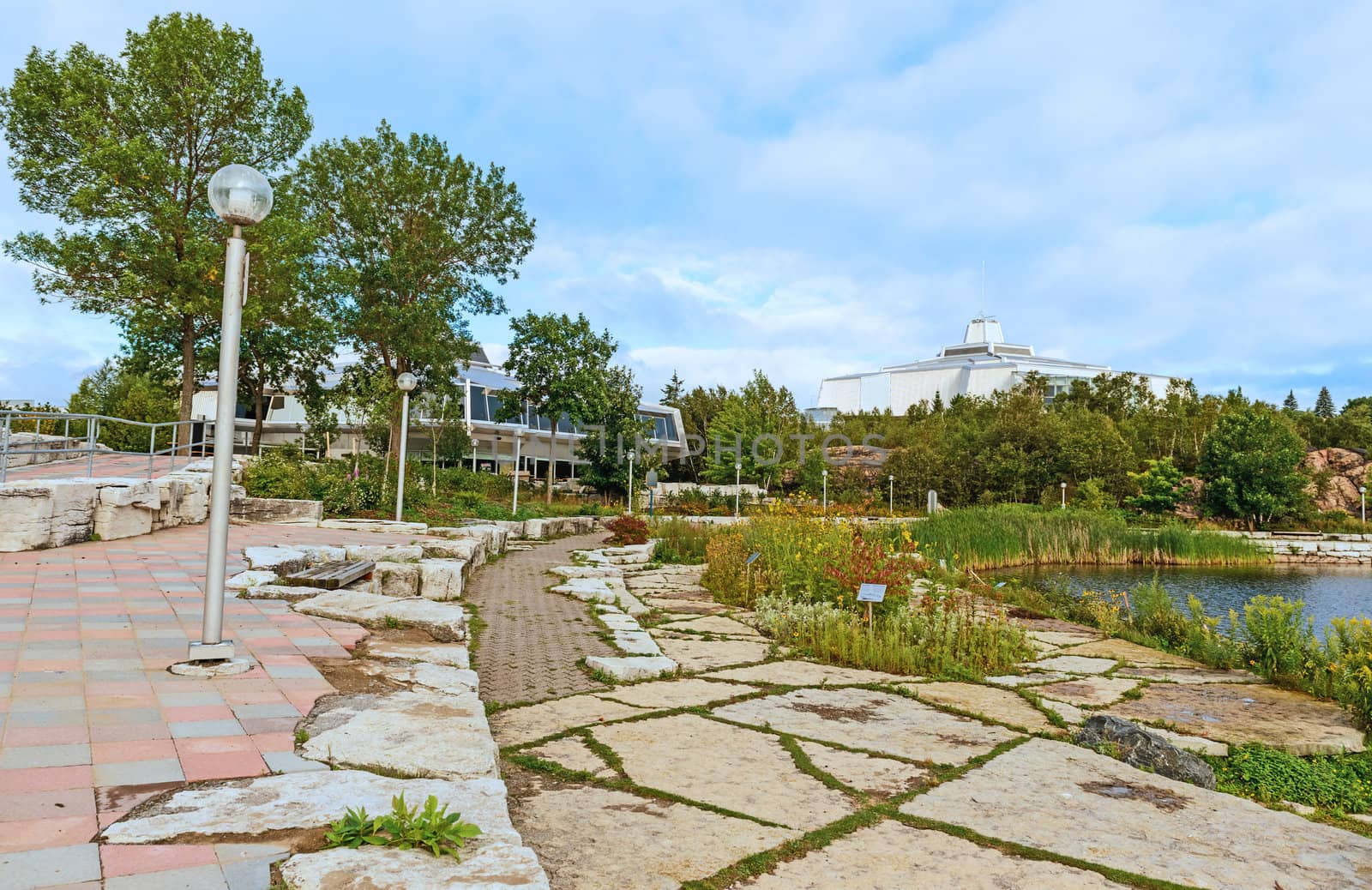
Science Center North in Sudbury,Ontario-Canada
Stock PhotoUsername
MarcusResolution
5800x3761pxScience Center North in Sudbury,Ontario-Canada

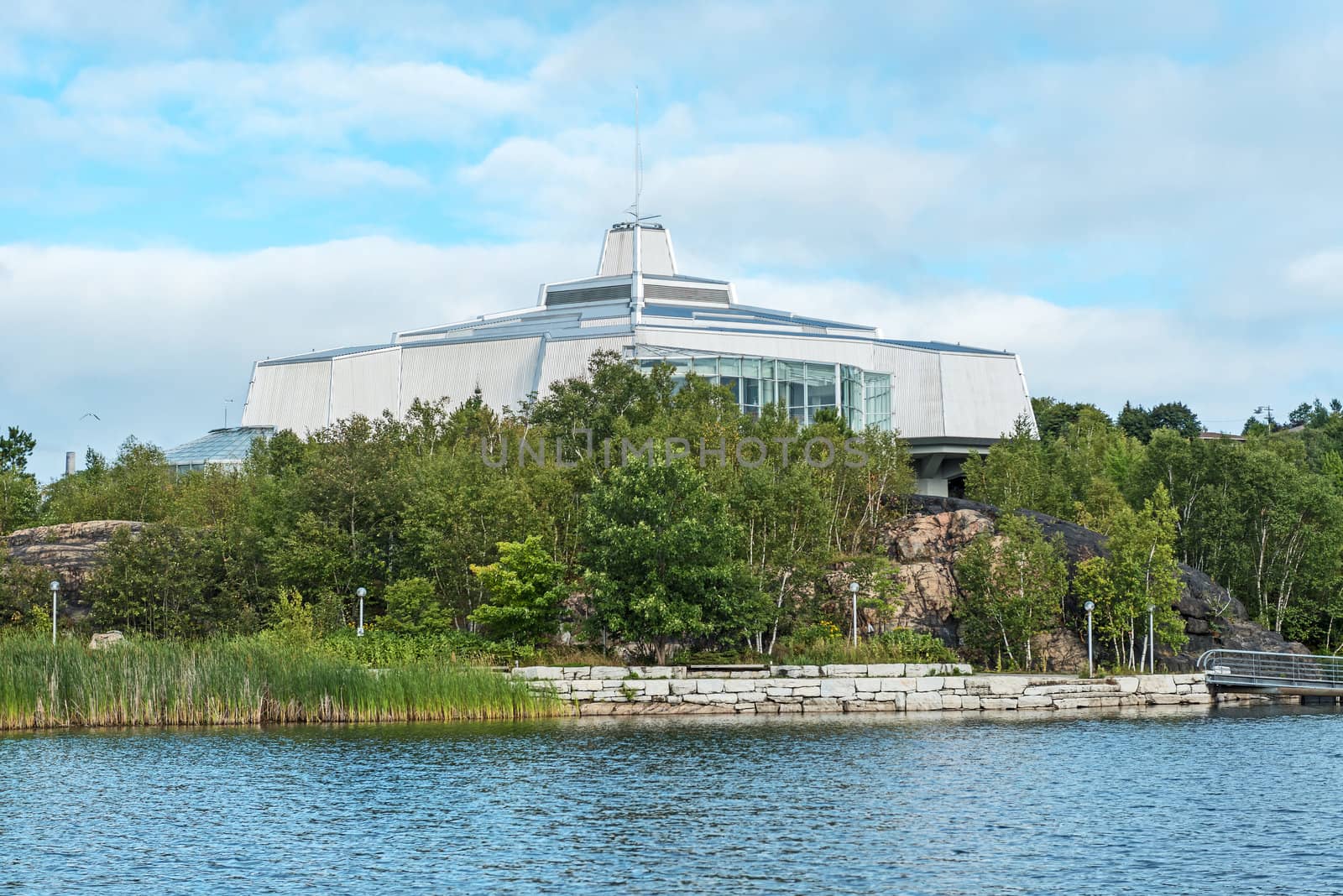
Science Center North in Sudbury,Ontario-Canada
Stock PhotoUsername
MarcusResolution
6500x4338pxScience Center North in Sudbury,Ontario-Canada

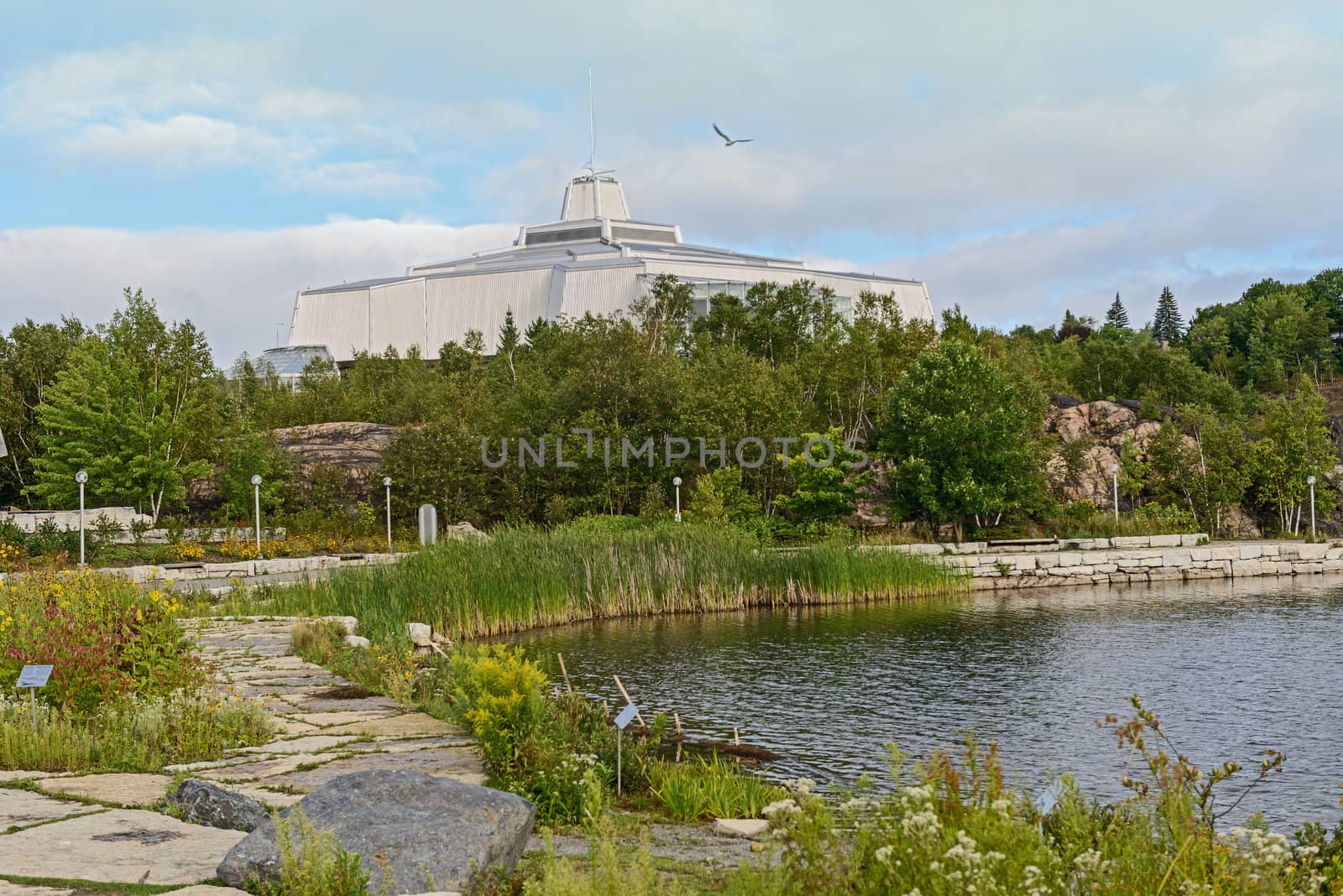
Science Center North in Sudbury,Ontario-Canada
Stock PhotoUsername
MarcusResolution
6000x4004pxScience Center North in Sudbury,Ontario-Canada

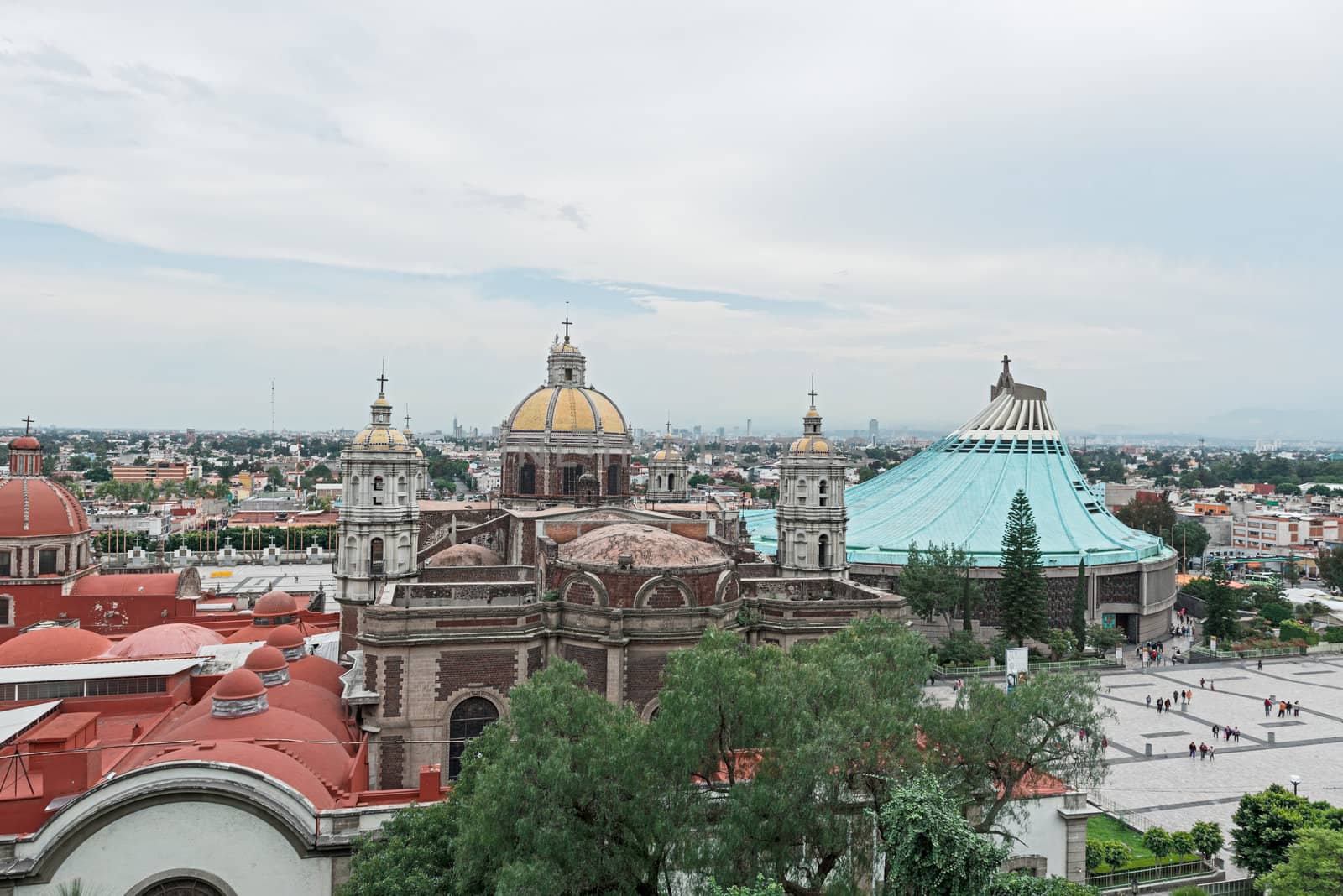
Old basilica and the modern basilica in Guadalupe, Mexico.
Stock PhotoUsername
MarcusResolution
6200x4138pxOld basilica and the modern basilica in Guadalupe, Mexico.

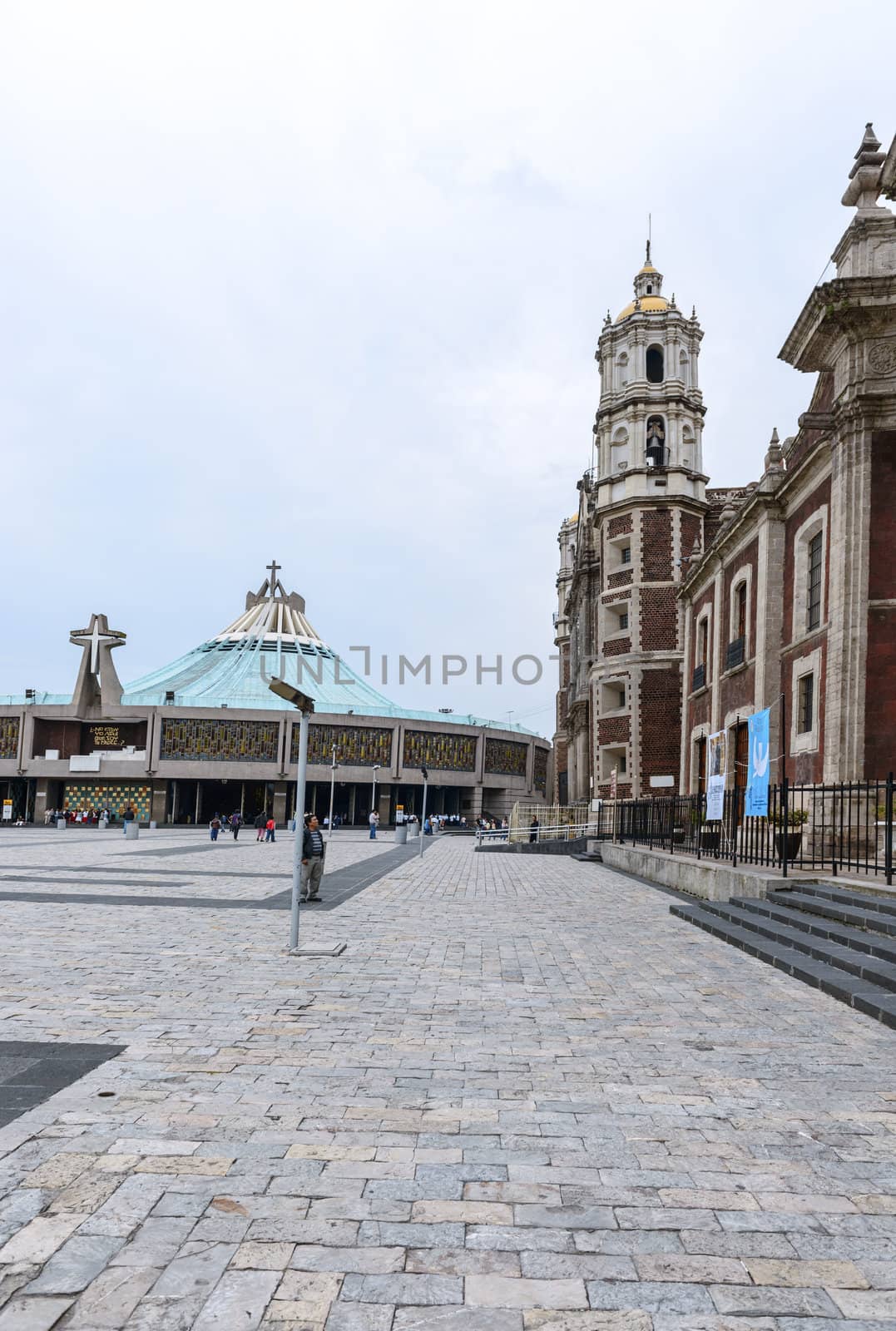
Old basilica and the modern basilica in Guadalupe, Mexico
Stock PhotoUsername
MarcusResolution
4912x7295pxOld basilica and the modern basilica in Guadalupe, Mexico

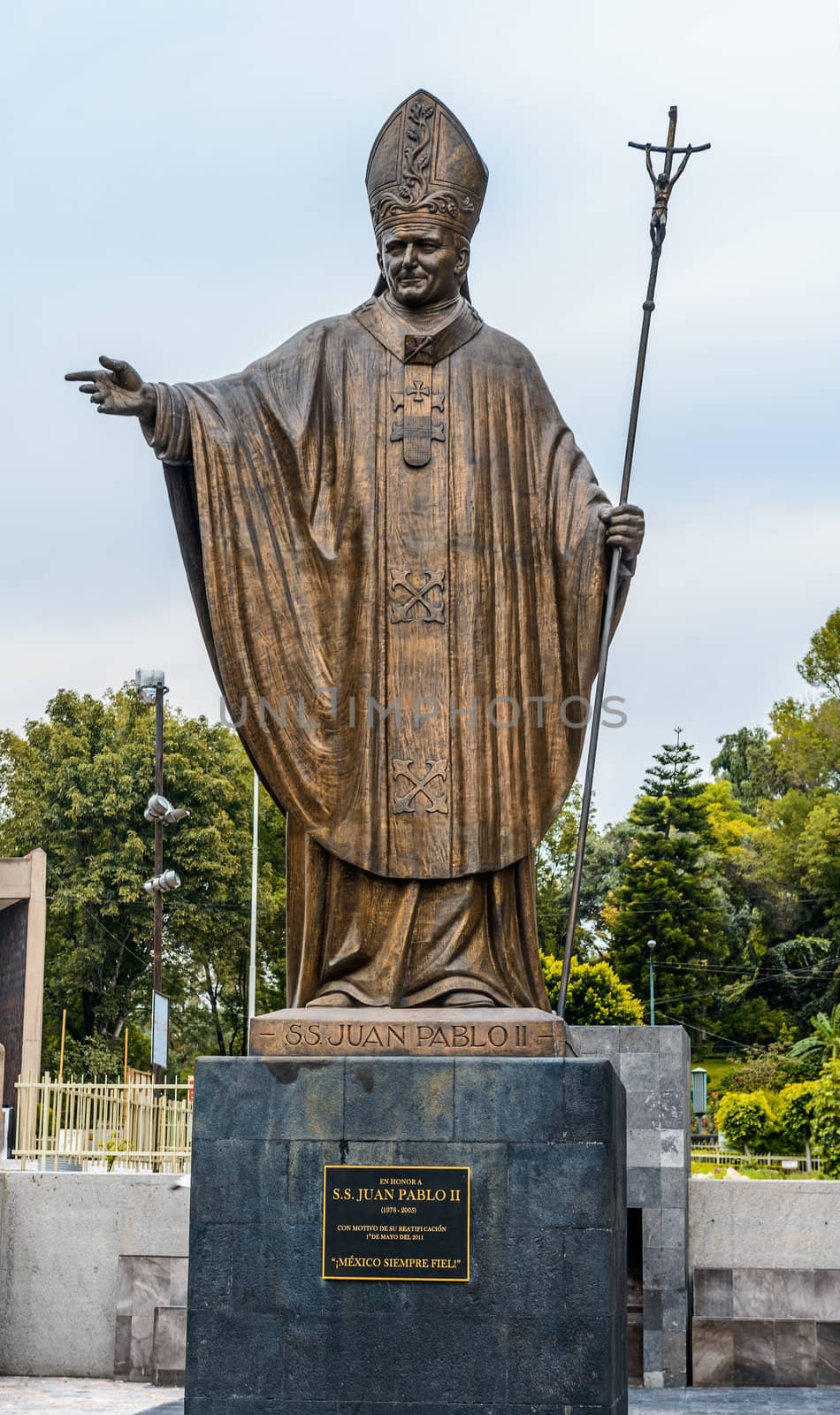
Pope John Paul monument beside Old basilica in Guadalupe, Mexico
Stock PhotoUsername
MarcusResolution
4207x7088pxPope John Paul monument beside Old basilica in Guadalupe, Mexico

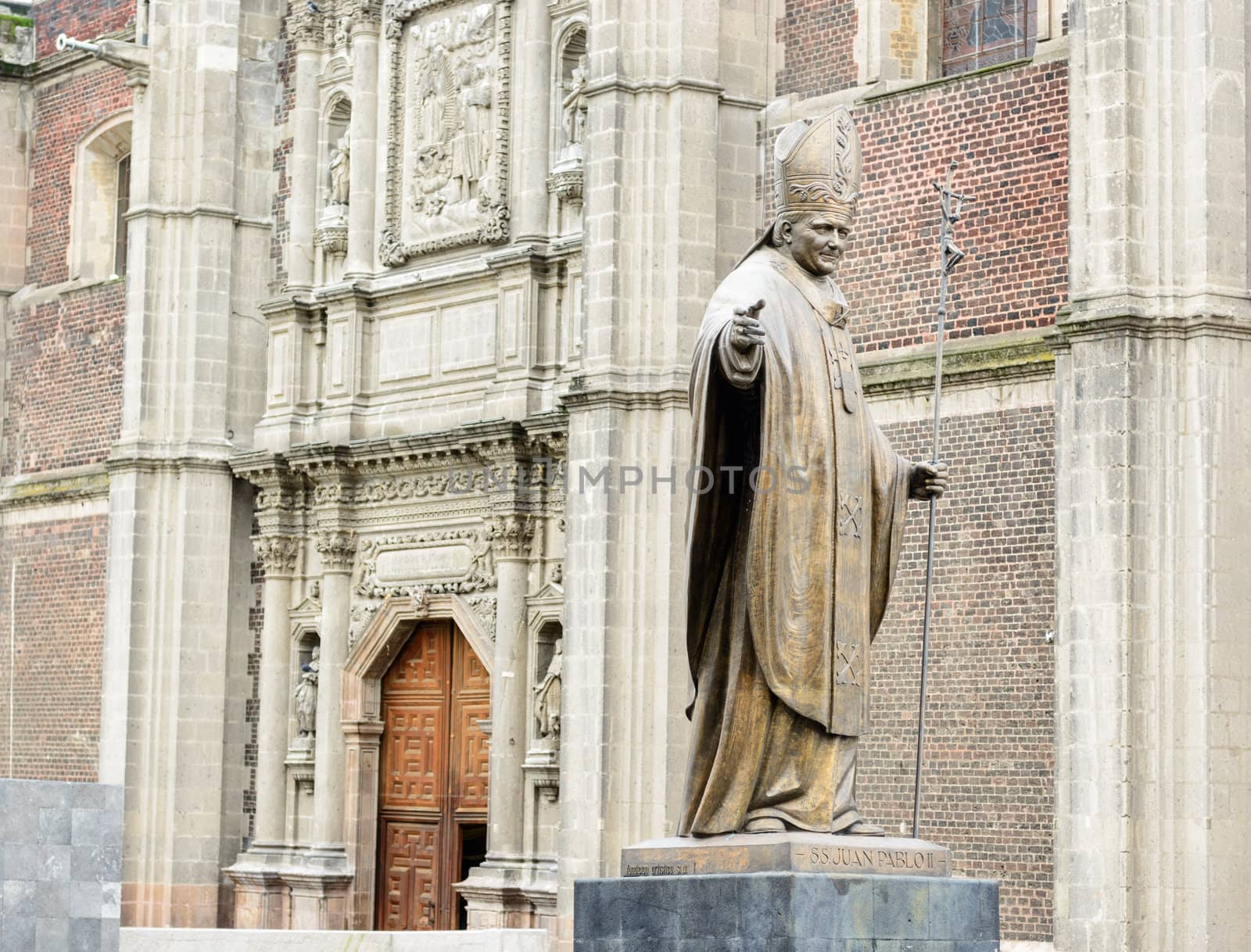
Bronze statue of Pope John Paul monument beside Old basilica in
Stock PhotoUsername
MarcusResolution
6076x4624pxBronze statue of Pope John Paul monument beside Old basilica in

![Old basilica Officially known as the ''"Templo Expiatorio a Cristo Rey,"'' the construction of the old basilica began in 1531 and was not finished until 1709. The major architect was Pedro de Arrieta. It is characterized by its interior and marble statues of Juan Diego and Fray, which appear in the altarpiece that originally held the image of Our Lady of Guadalupe. The church was granted basilica]] status by Pope Pius X in 1904.](https://thumbnails.unlimphotos.com/1600/2/6a9/26a9afa.jpg)
Old basilica in Guadalupe Officially known as the ''"Templo Expi
Stock PhotoUsername
MarcusResolution
7192x4756pxOld basilica in Guadalupe Officially known as the ''"Templo Expi
![Old basilica Officially known as the ''"Templo Expiatorio a Cristo Rey,"'' the construction of the old basilica began in 1531 and was not finished until 1709. The major architect was Pedro de Arrieta. It is characterized by its interior and marble statues of Juan Diego and Fray, which appear in the altarpiece that originally held the image of Our Lady of Guadalupe. The church was granted basilica]] status by Pope Pius X in 1904.](https://thumbnails.unlimphotos.com/2/6a9/26a9afa.jpg)
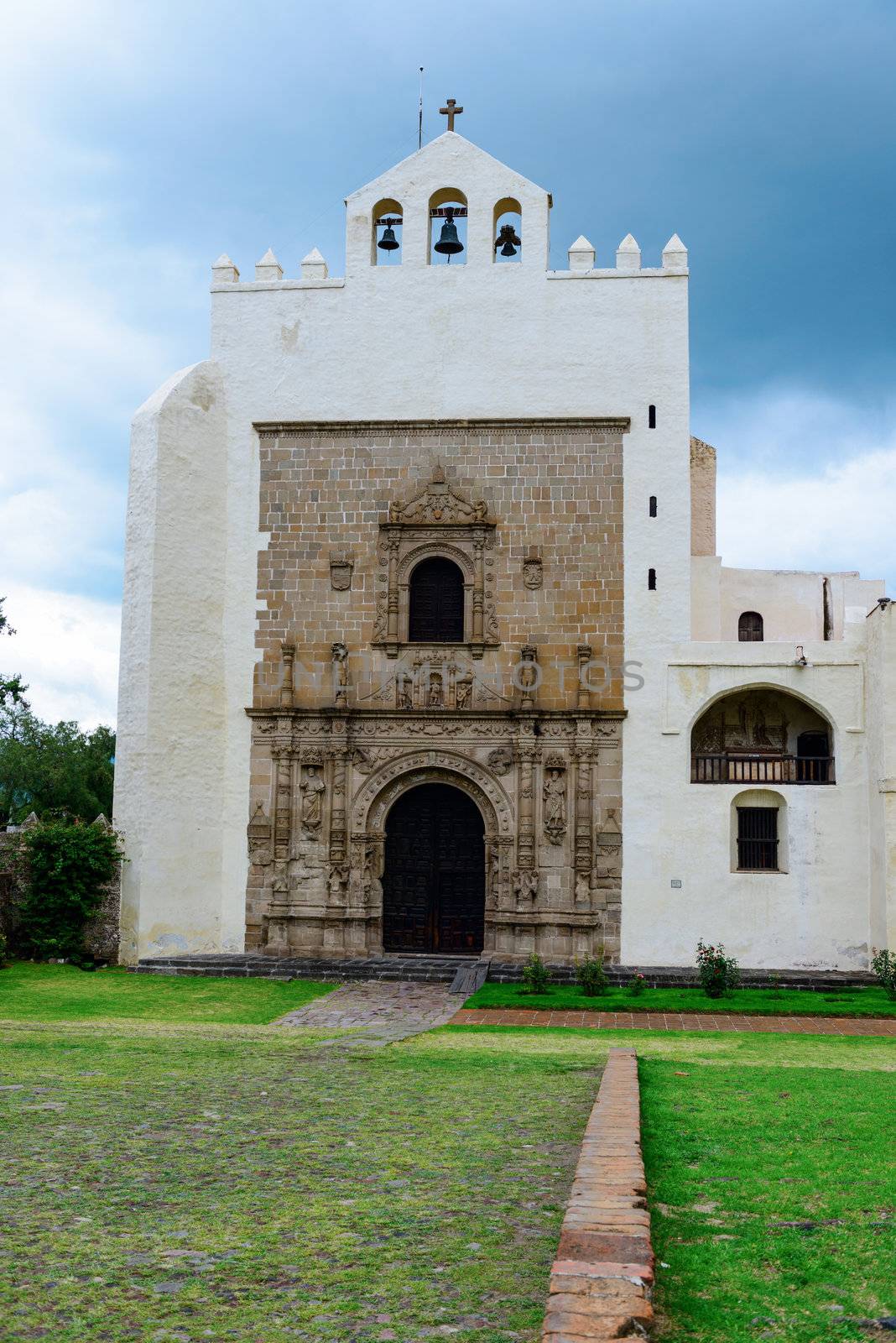
monastery of San Agustin in town of Acolman, Mexico
Stock PhotoUsername
MarcusResolution
4138x6200pxmonastery of San Agustin in town of Acolman, Mexico

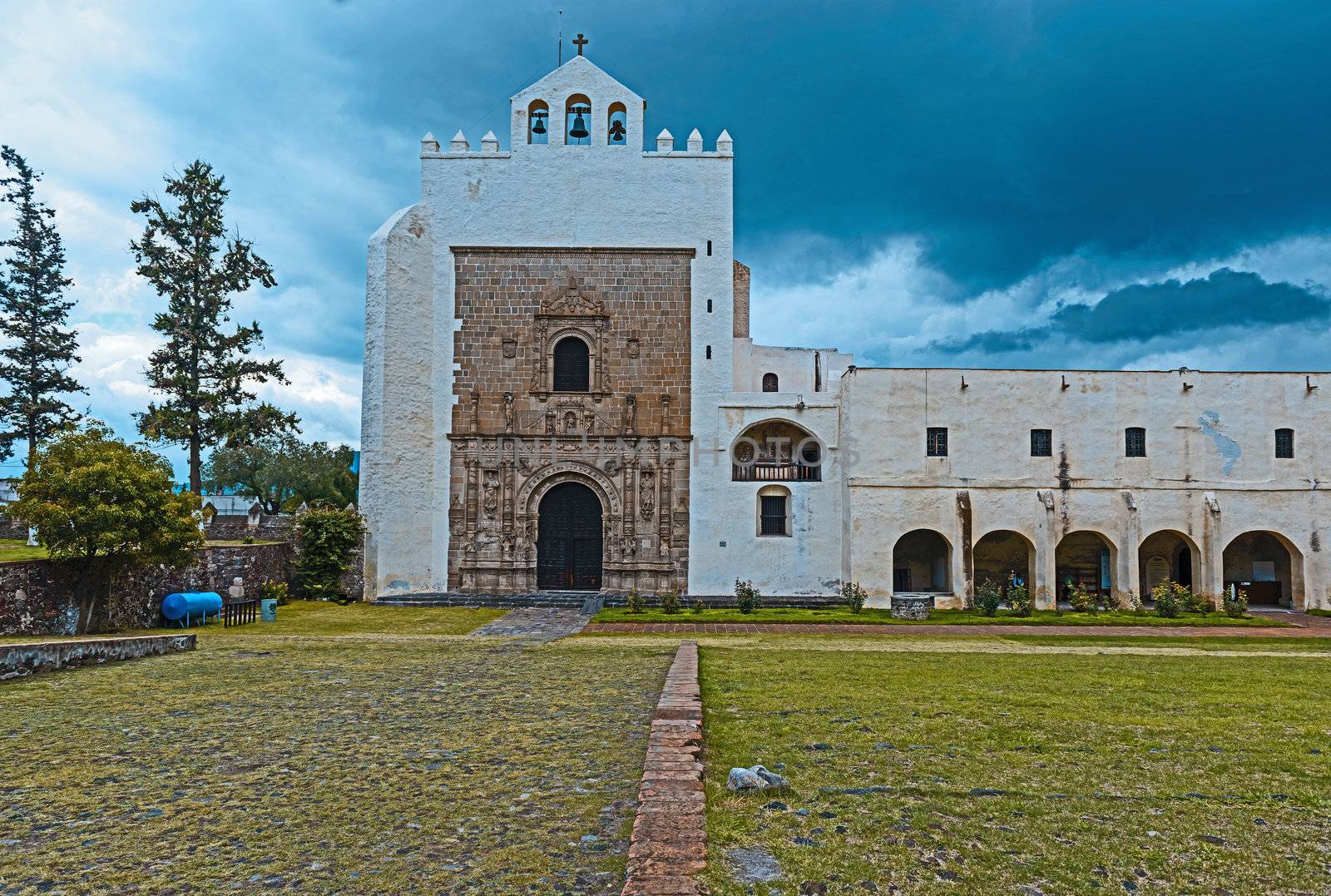
monastery of San Agustin in town of Acolman, Mexico
Stock PhotoUsername
MarcusResolution
5000x3365pxmonastery of San Agustin in town of Acolman, Mexico

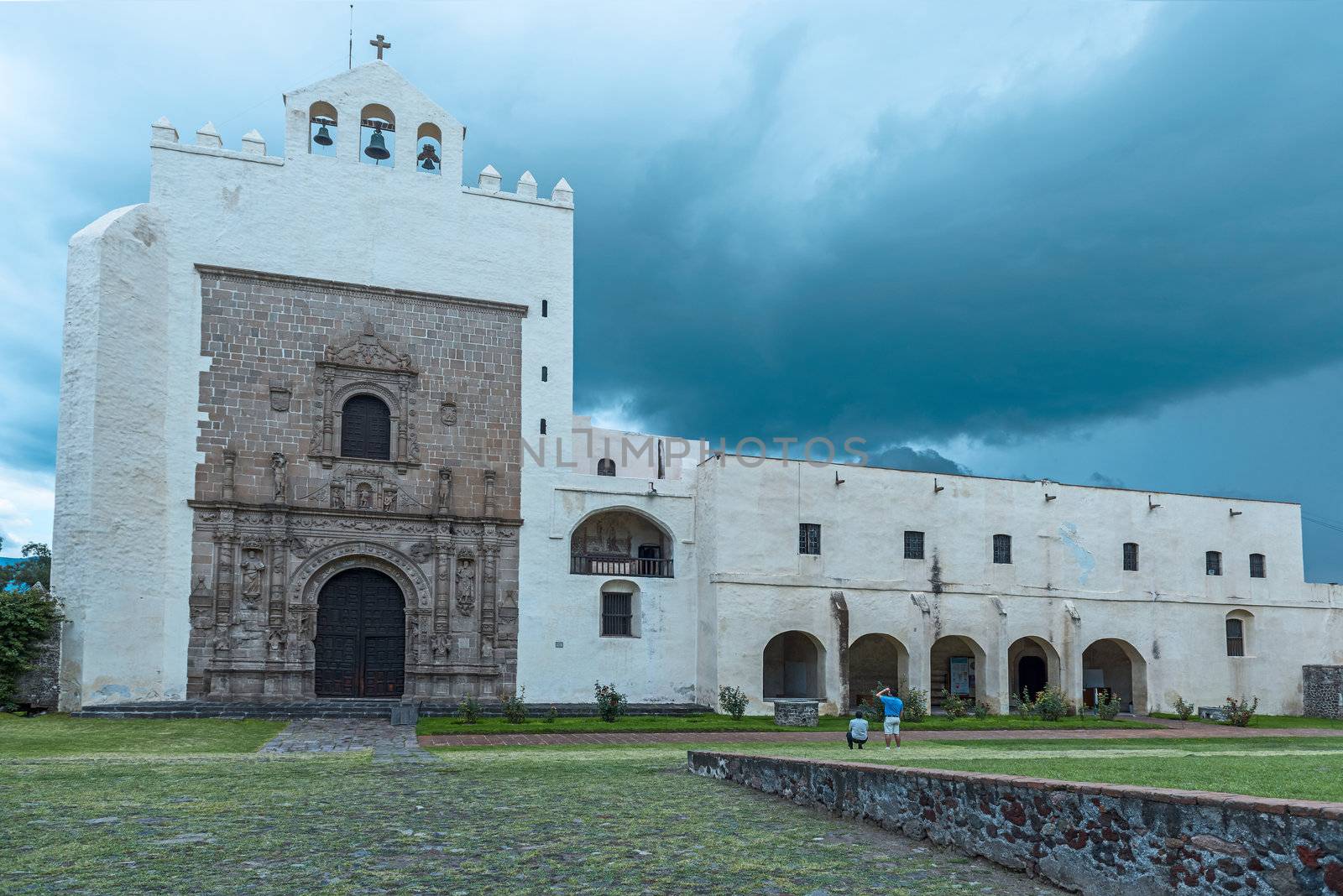
monastery of San Agustin in town of Acolman, Mexico
Stock PhotoUsername
MarcusResolution
6500x4338pxmonastery of San Agustin in town of Acolman, Mexico

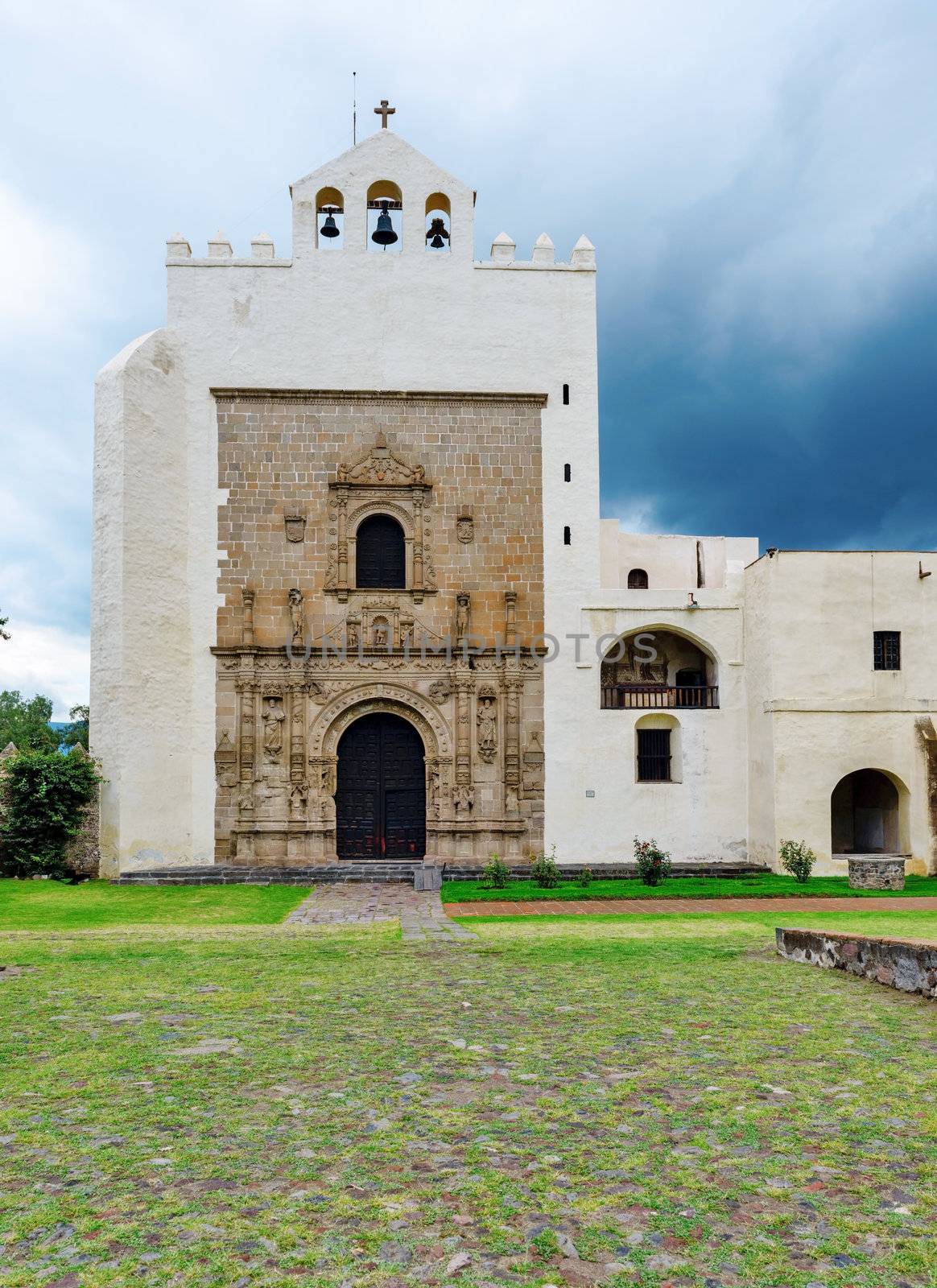
monastery of San Agustin in town of Acolman, Mexico
Stock PhotoUsername
MarcusResolution
4670x6418pxmonastery of San Agustin in town of Acolman, Mexico

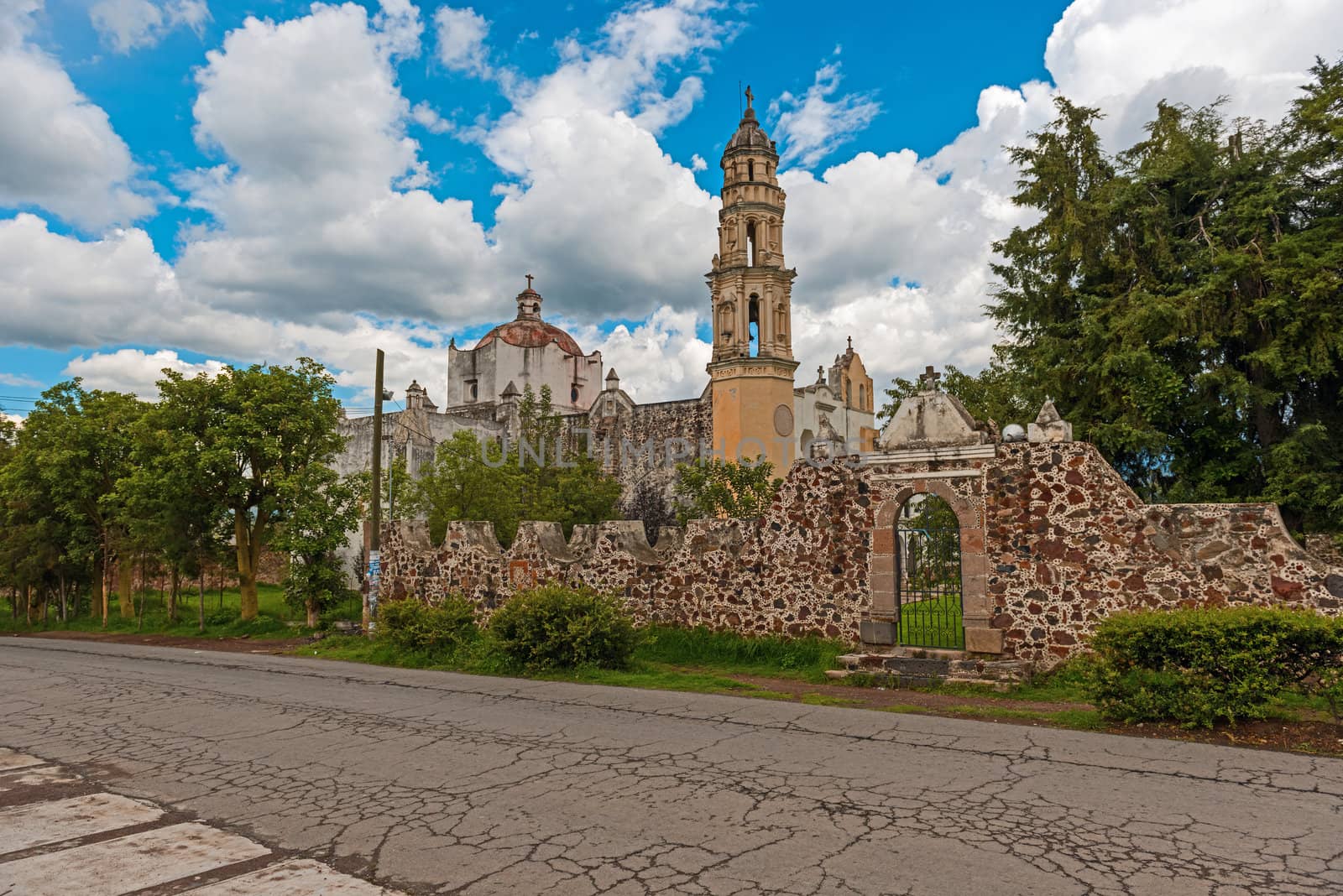
Oxtotipac church and monastery, Mexico
Stock PhotoUsername
MarcusResolution
6000x4004pxOxtotipac church and monastery, Mexico

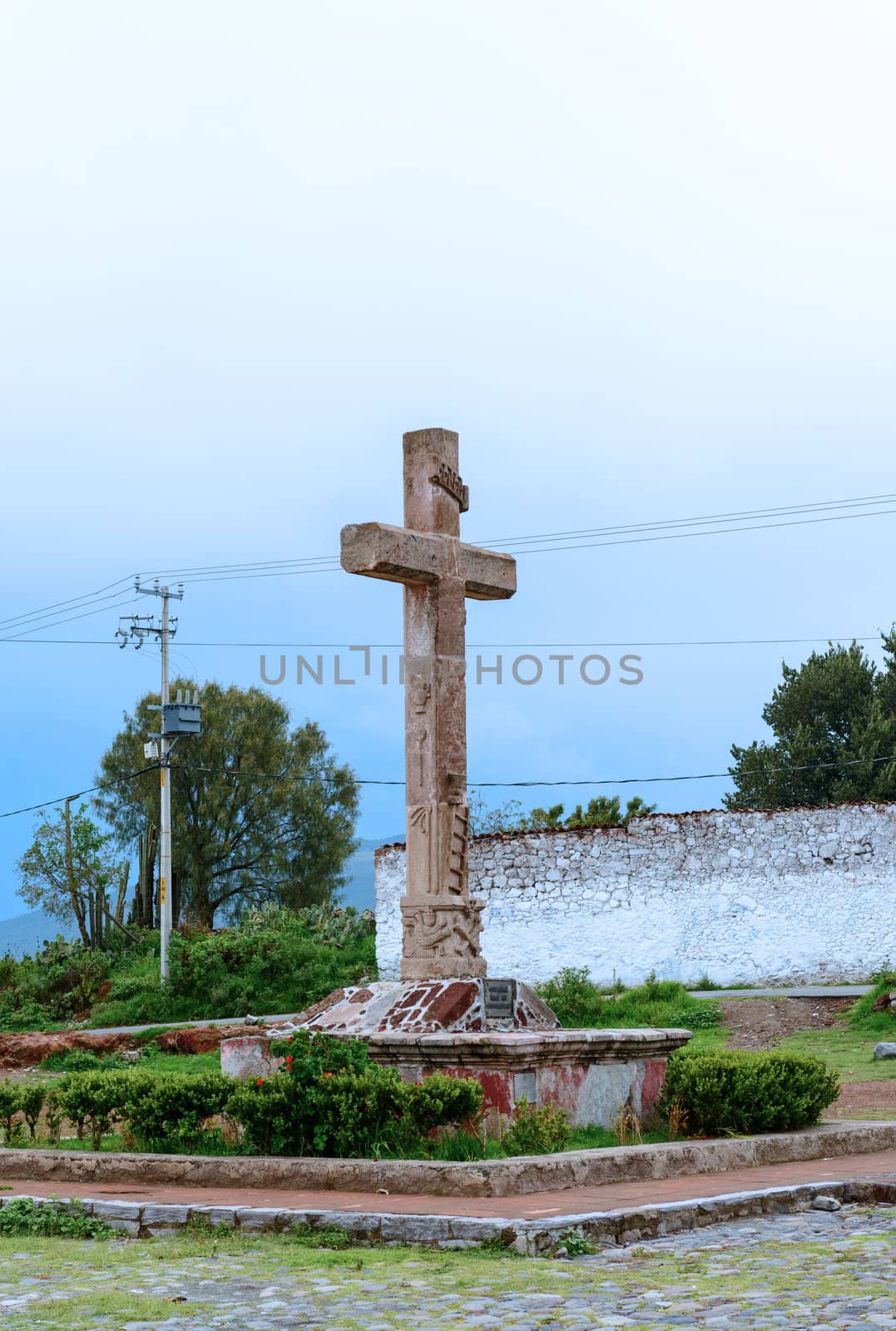
cross in front of Oxtotipac church and monastery, Mexico.
Stock PhotoUsername
MarcusResolution
4542x6747pxcross in front of Oxtotipac church and monastery, Mexico.

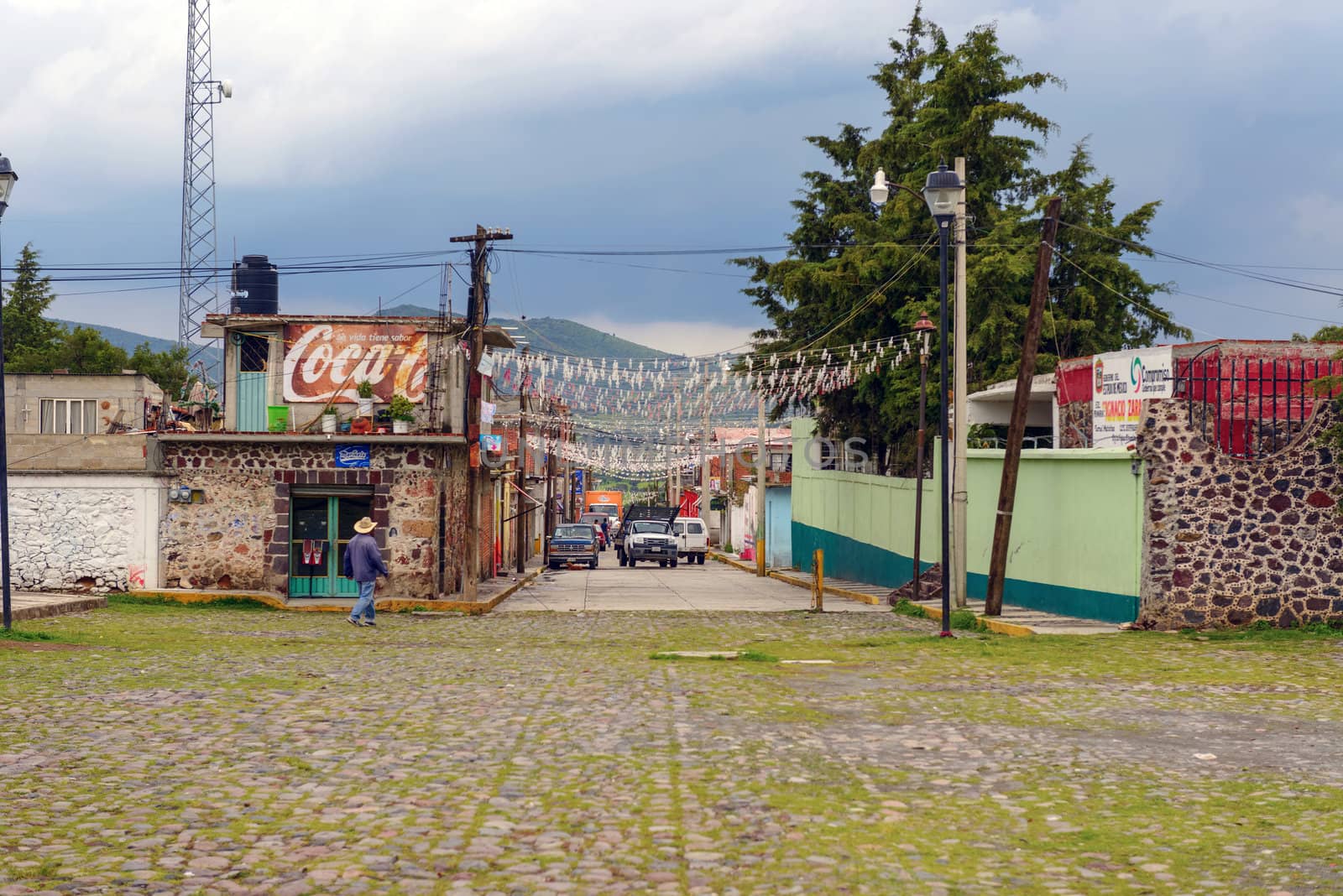
street near church and monastery in Oxtotipac, Mexico
Editorial LicenseUsername
MarcusResolution
6200x4138pxstreet near church and monastery in Oxtotipac, Mexico

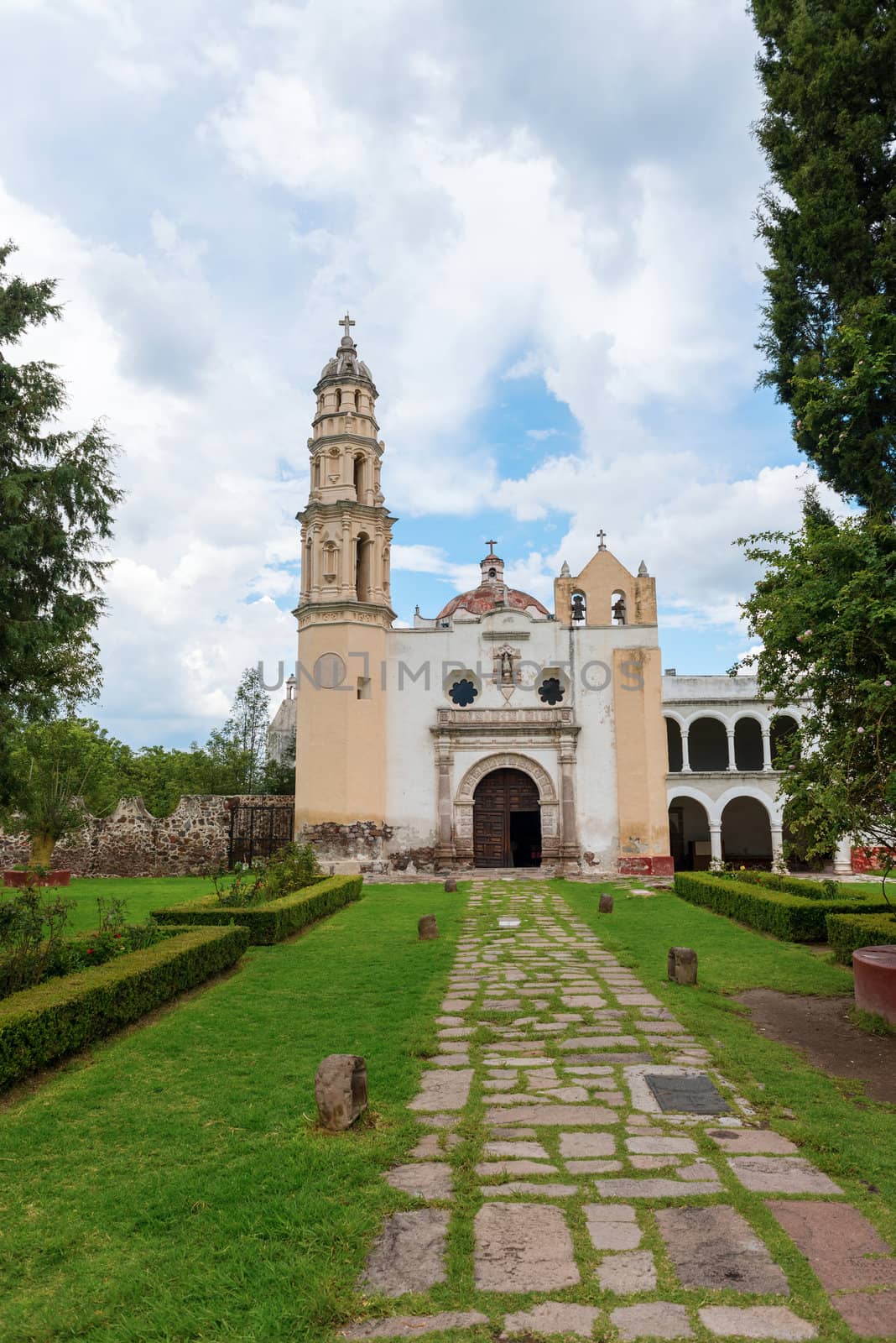
Oxtotipac church and monastery, Mexico
Stock PhotoUsername
MarcusResolution
4006x6002pxOxtotipac church and monastery, Mexico

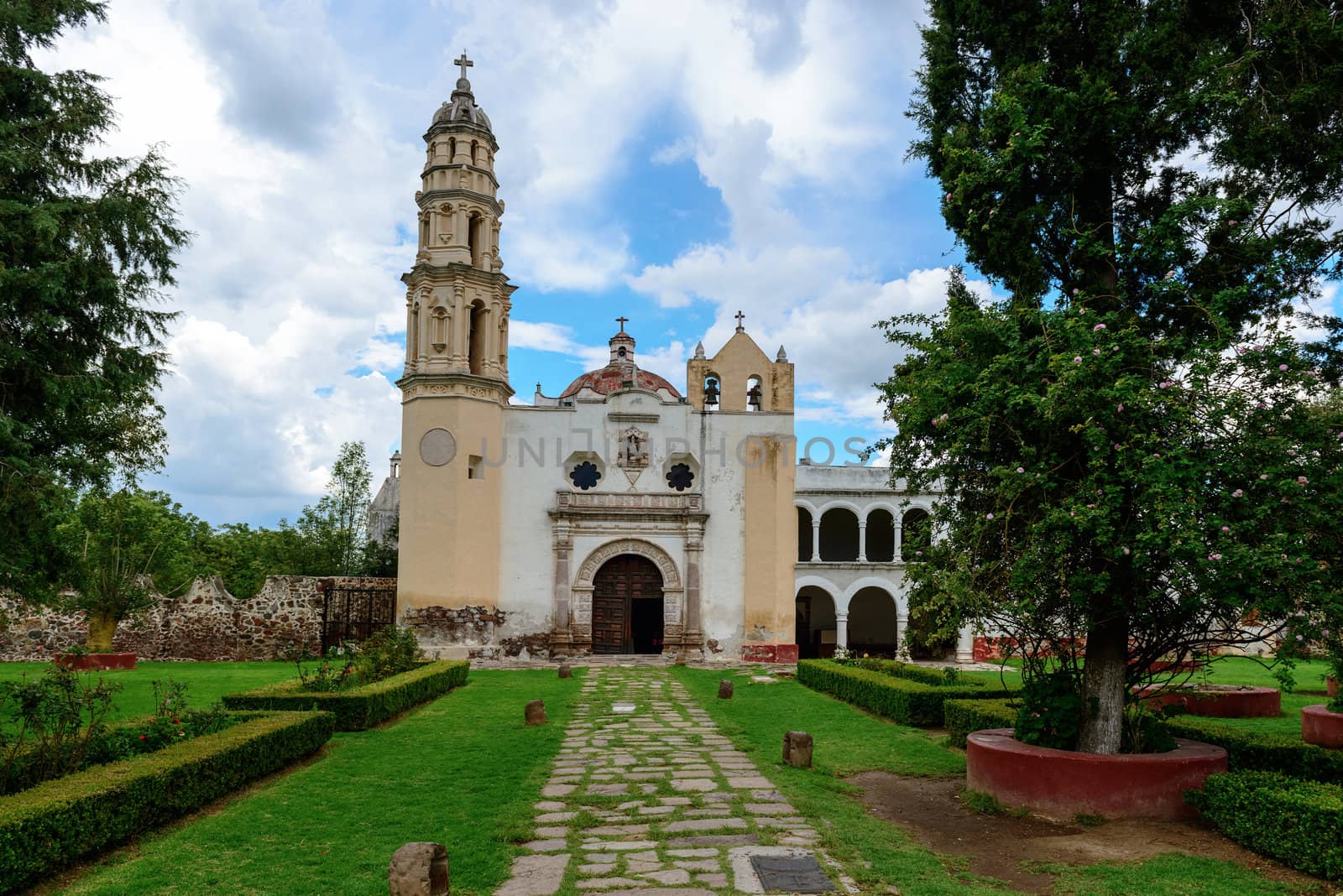
Oxtotipac church and monastery, Mexico
Stock PhotoUsername
MarcusResolution
6000x4005pxOxtotipac church and monastery, Mexico

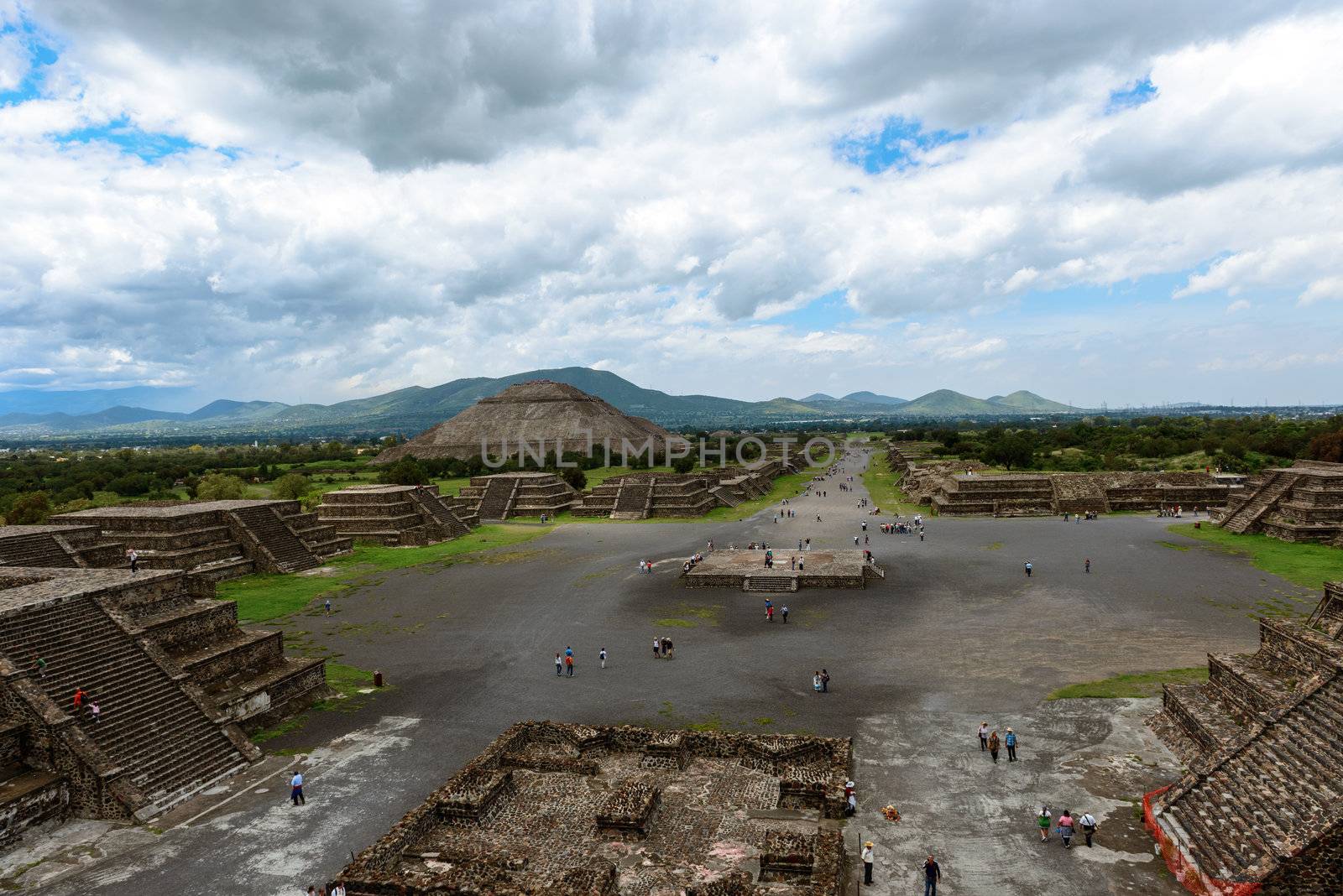
Pyramid of the Sun and Avenue of Dead as viewed from pyramid of
Stock PhotoUsername
MarcusResolution
6100x4071pxPyramid of the Sun and Avenue of Dead as viewed from pyramid of

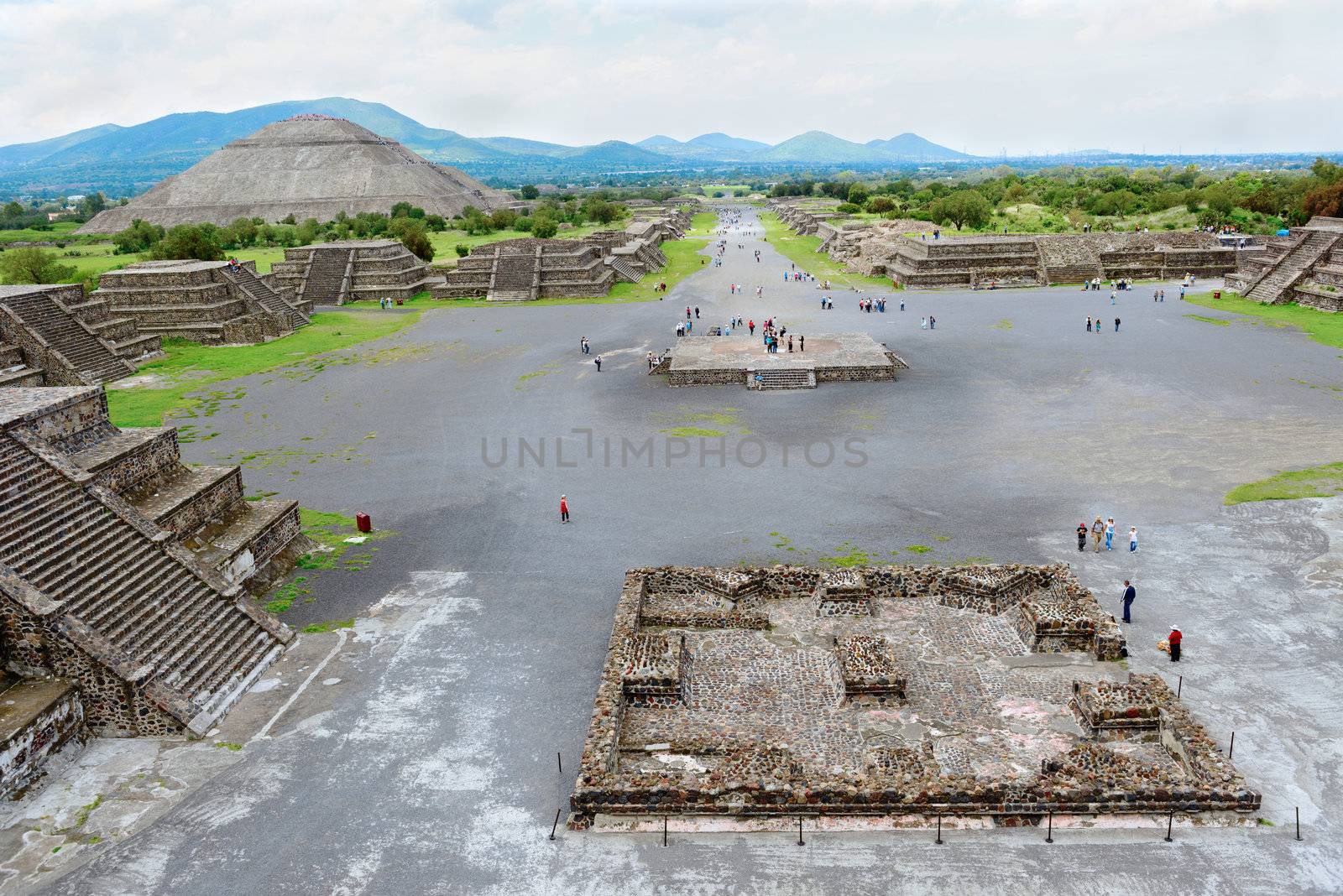
Pyramid of the Sun and Avenue of dead as viewed from pyramid of
Stock PhotoUsername
MarcusResolution
6200x4138pxPyramid of the Sun and Avenue of dead as viewed from pyramid of

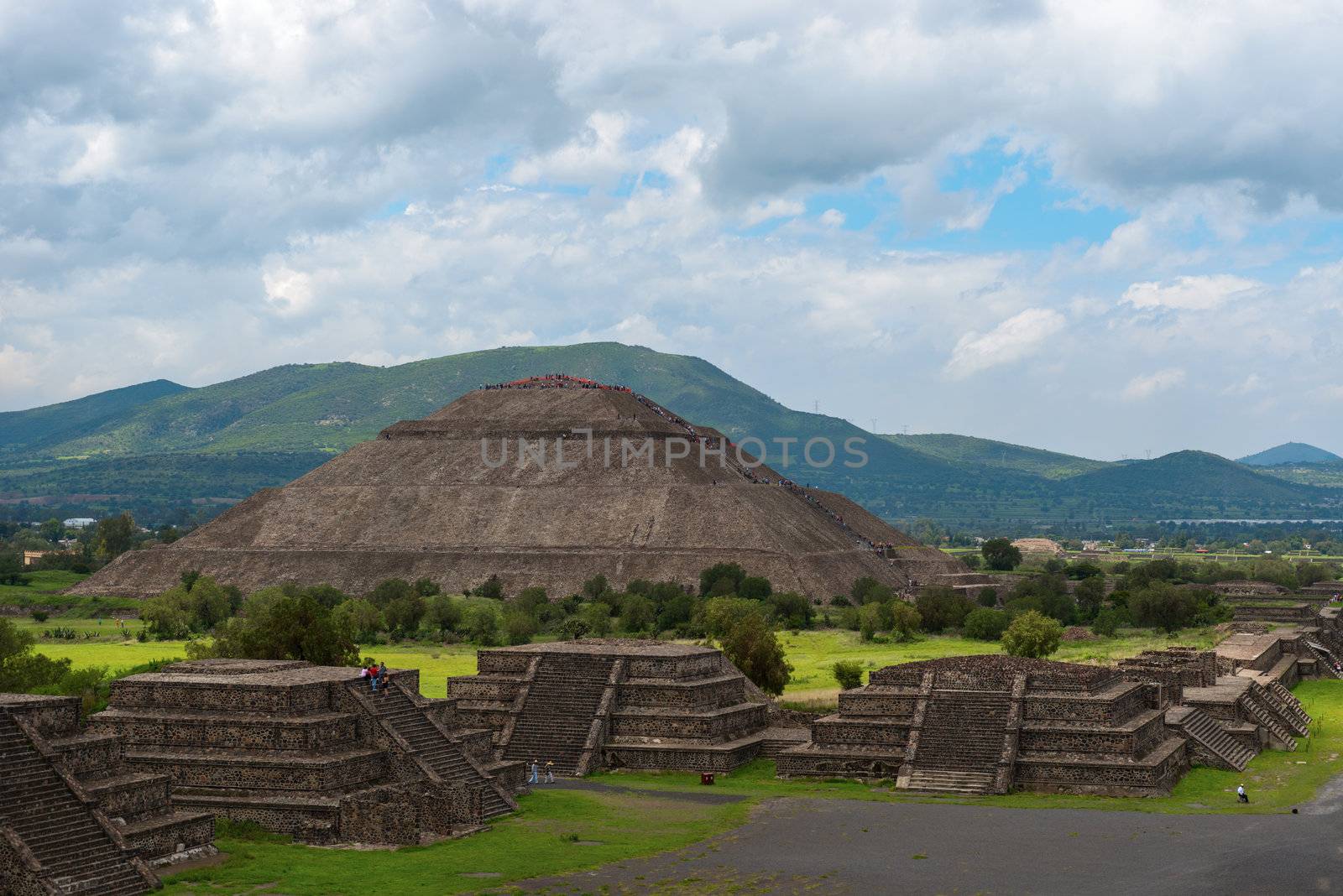
Pyramid of the Sun as viewed from pyramid of the Moon, Mexico
Stock PhotoUsername
MarcusResolution
6100x4071pxPyramid of the Sun as viewed from pyramid of the Moon, Mexico

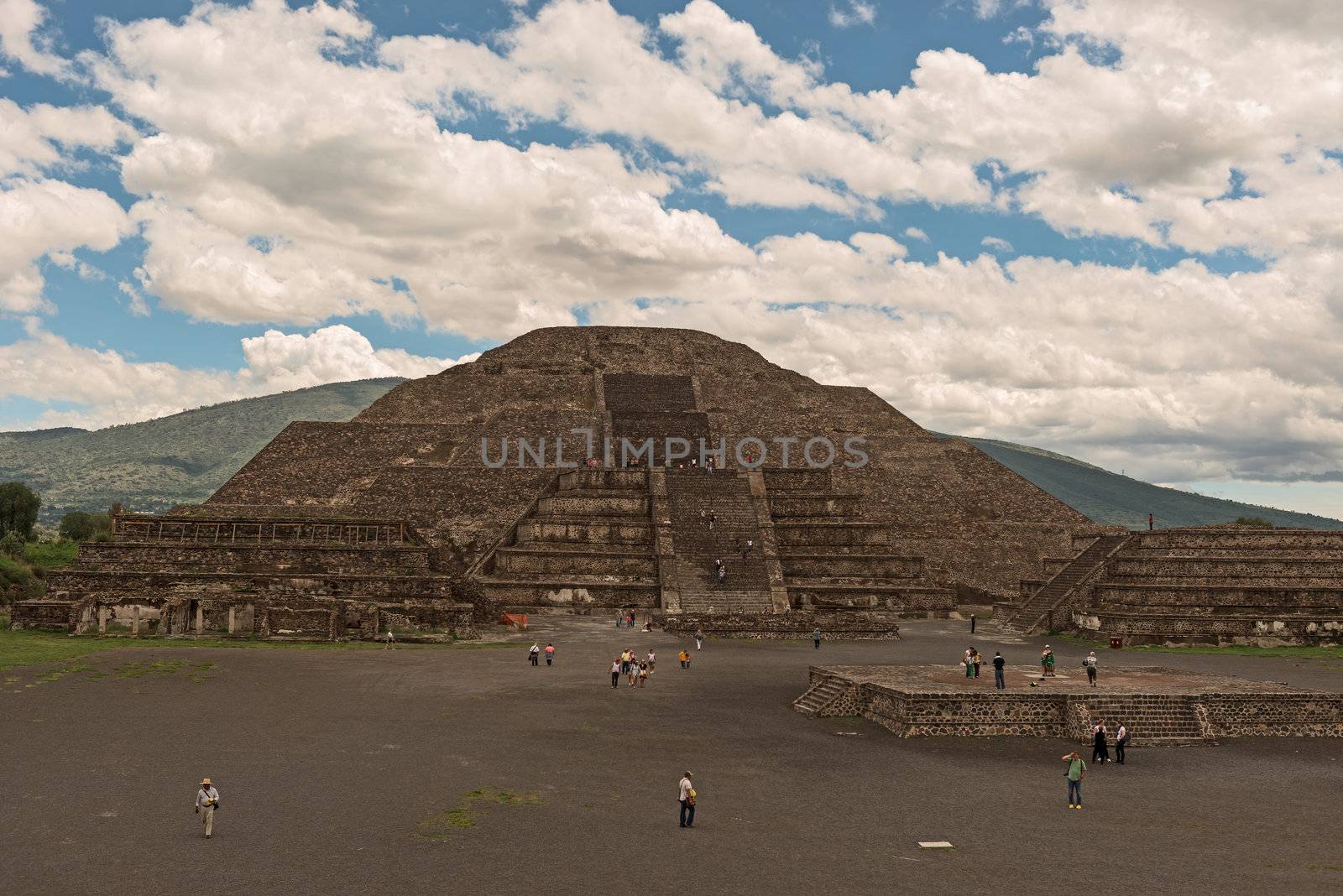
Pyramid of the Sun
Stock PhotoUsername
MarcusResolution
6200x4138pxPyramid of the Sun

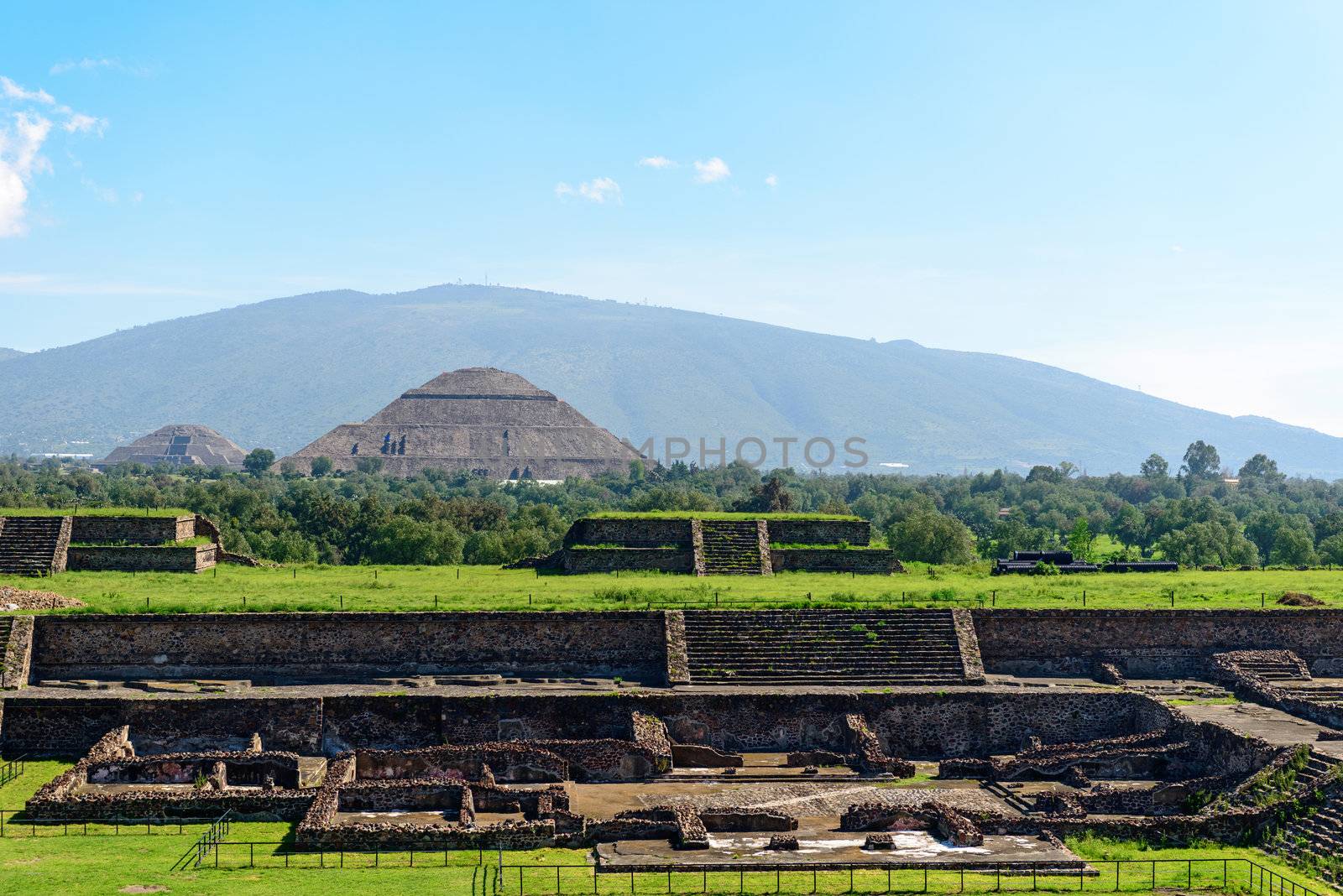
Pyramid of the Moon and the pyramid of the Sun in the city of Te
Stock PhotoUsername
MarcusResolution
6100x4071pxPyramid of the Moon and the pyramid of the Sun in the city of Te

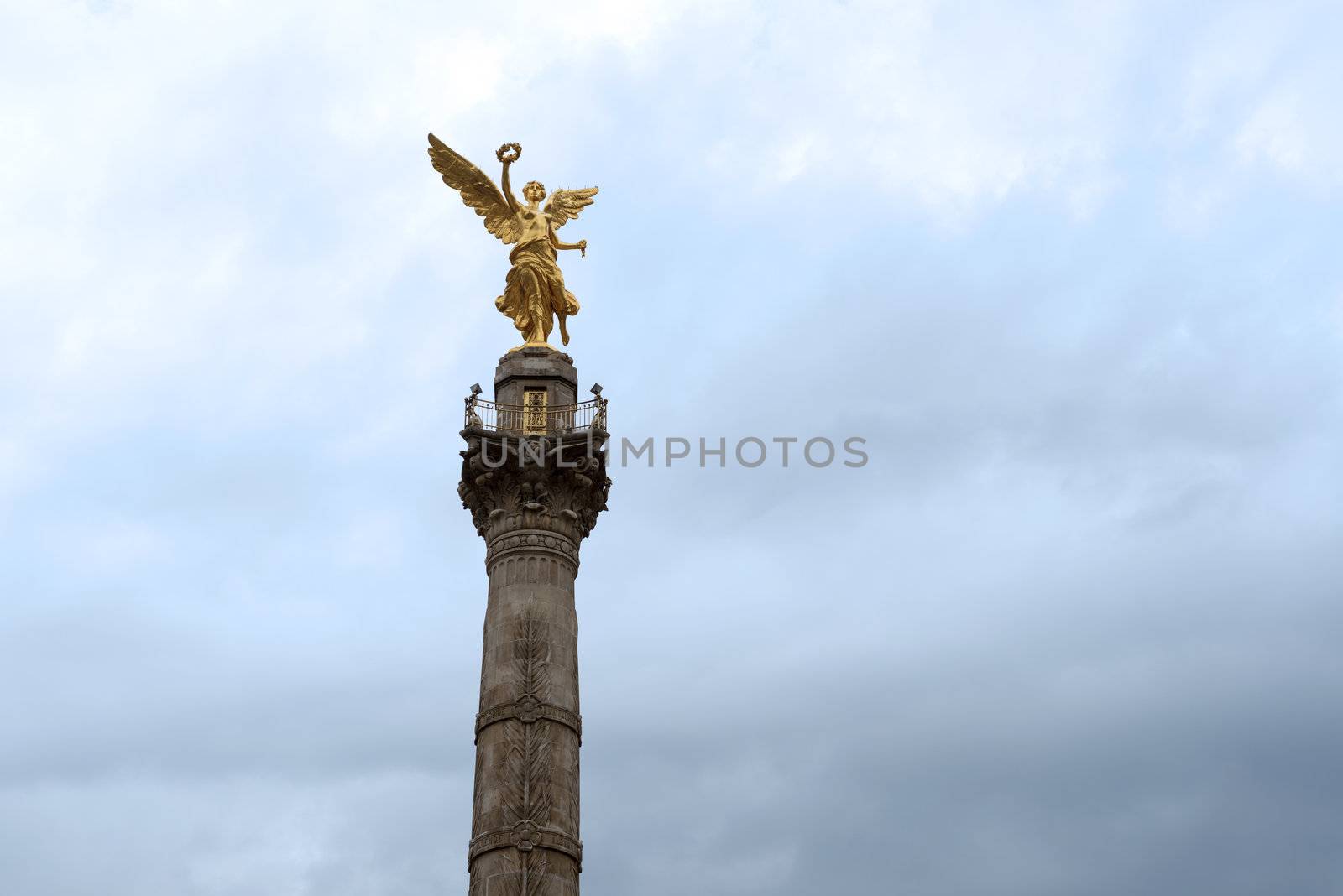
Independence monument , which is a centrepiece to a roundabout n
Stock PhotoUsername
MarcusResolution
6000x4004pxIndependence monument , which is a centrepiece to a roundabout n

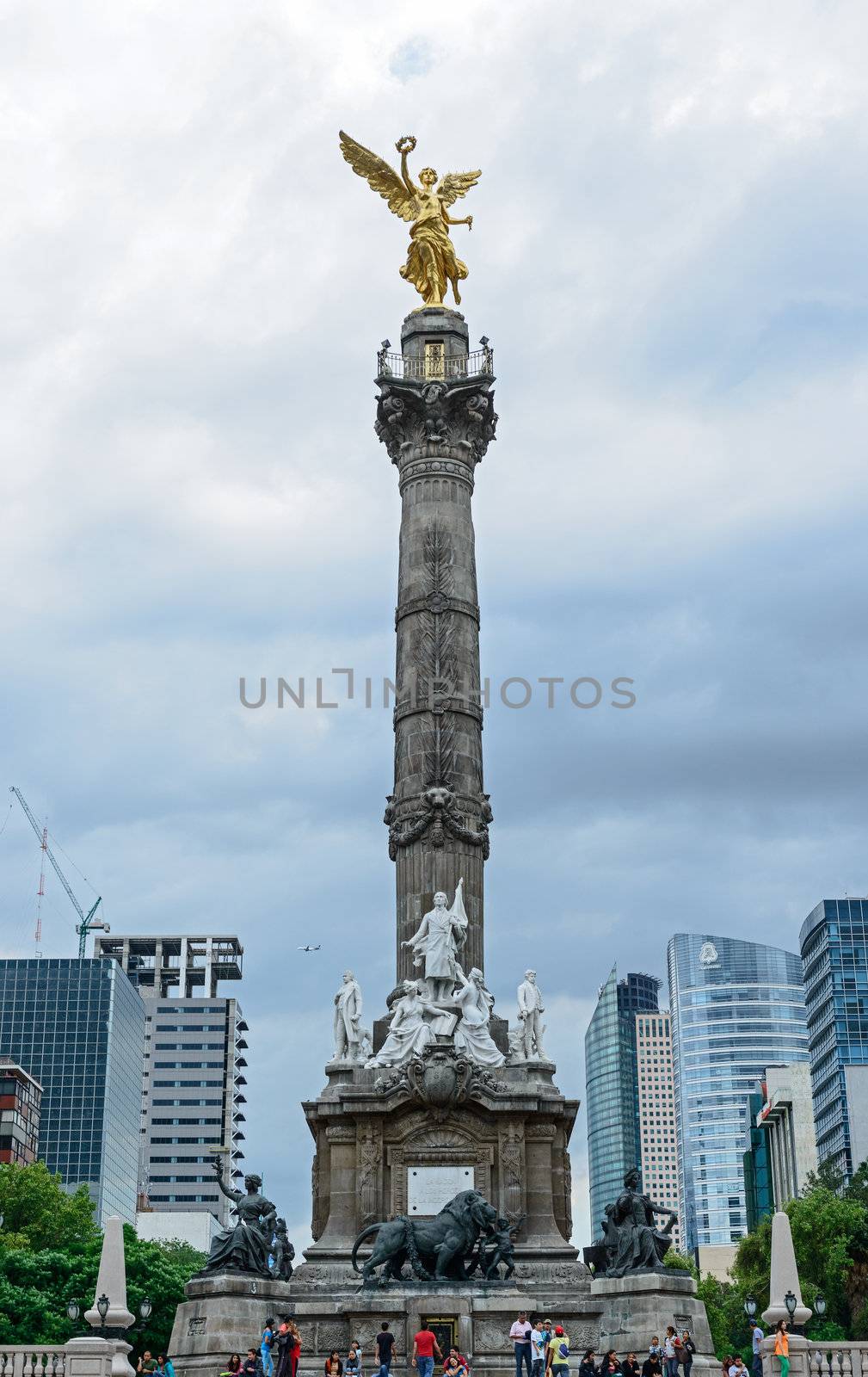
Independence monument , which is a centrepiece to a roundabout n
Stock PhotoUsername
MarcusResolution
4488x7115pxIndependence monument , which is a centrepiece to a roundabout n

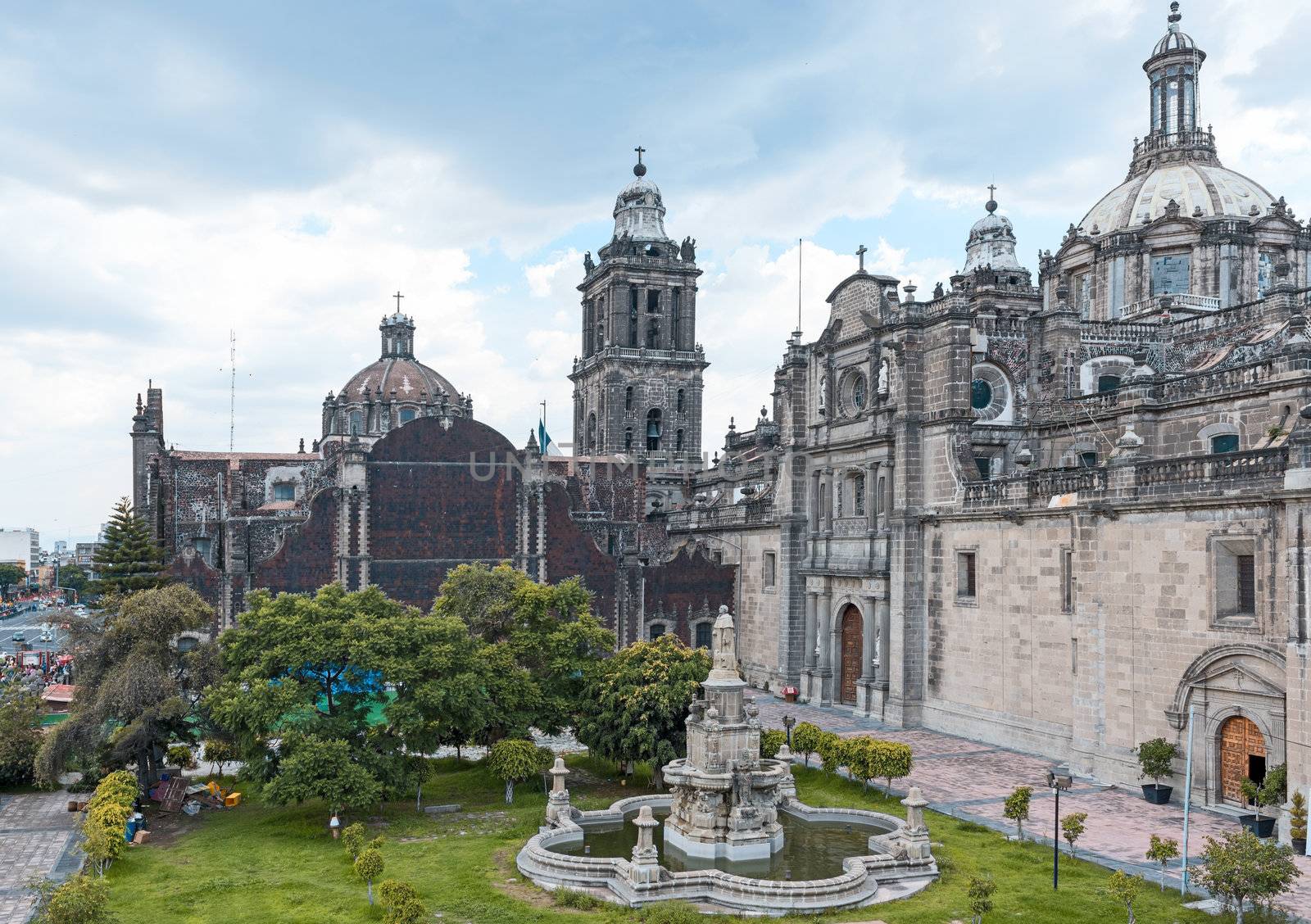
The Metropolitan Cathedral of the Assumption of Mary of Mexico C
Stock PhotoUsername
MarcusResolution
6446x4543pxThe Metropolitan Cathedral of the Assumption of Mary of Mexico C

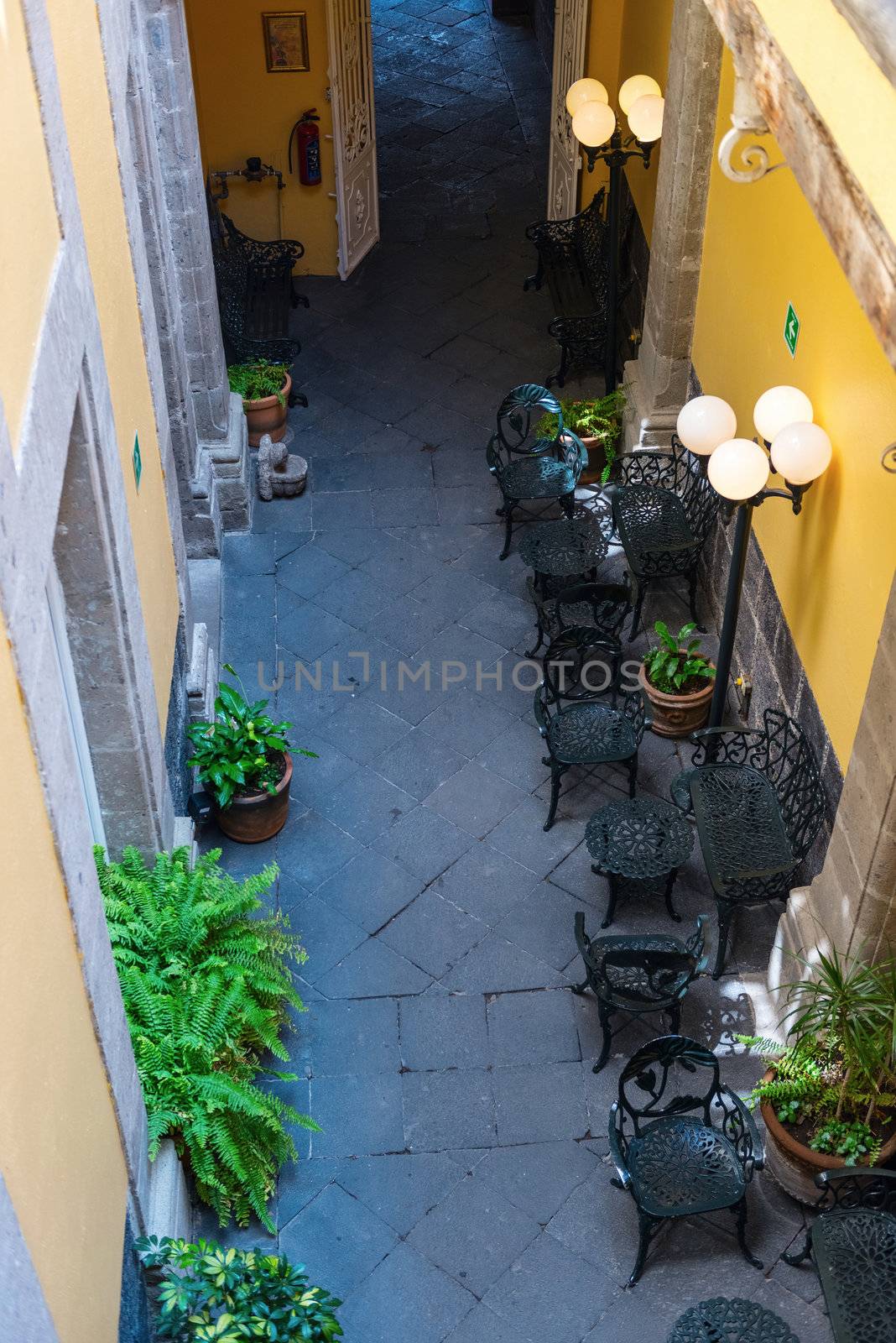
Entrance to the old colonial building in Mexico City
Stock PhotoUsername
MarcusResolution
4000x5993pxEntrance to the old colonial building in Mexico City

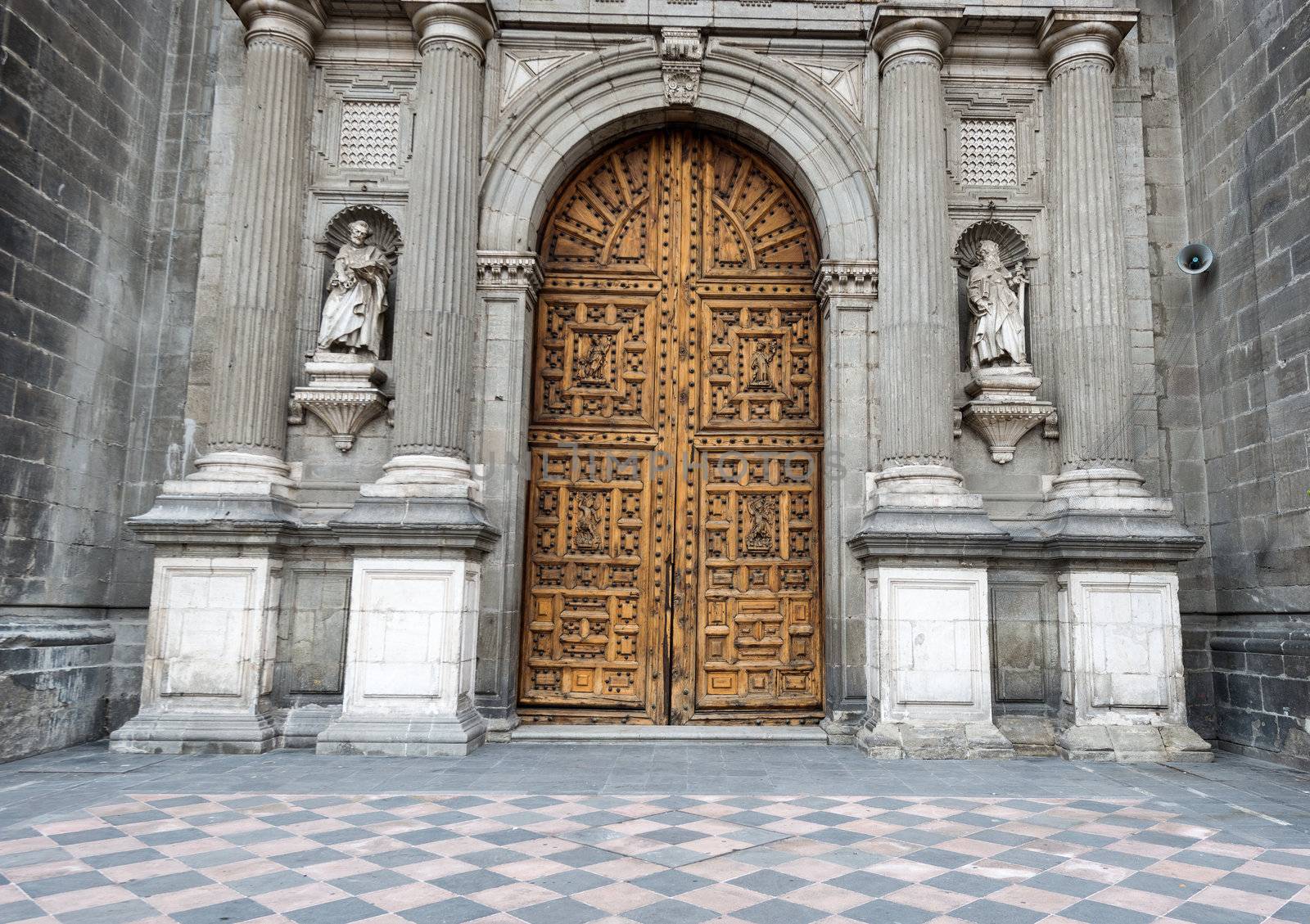
Historic wooden entrance doors to Metropolitan Cathedral in Mexi
Stock PhotoUsername
MarcusResolution
5900x4162pxHistoric wooden entrance doors to Metropolitan Cathedral in Mexi

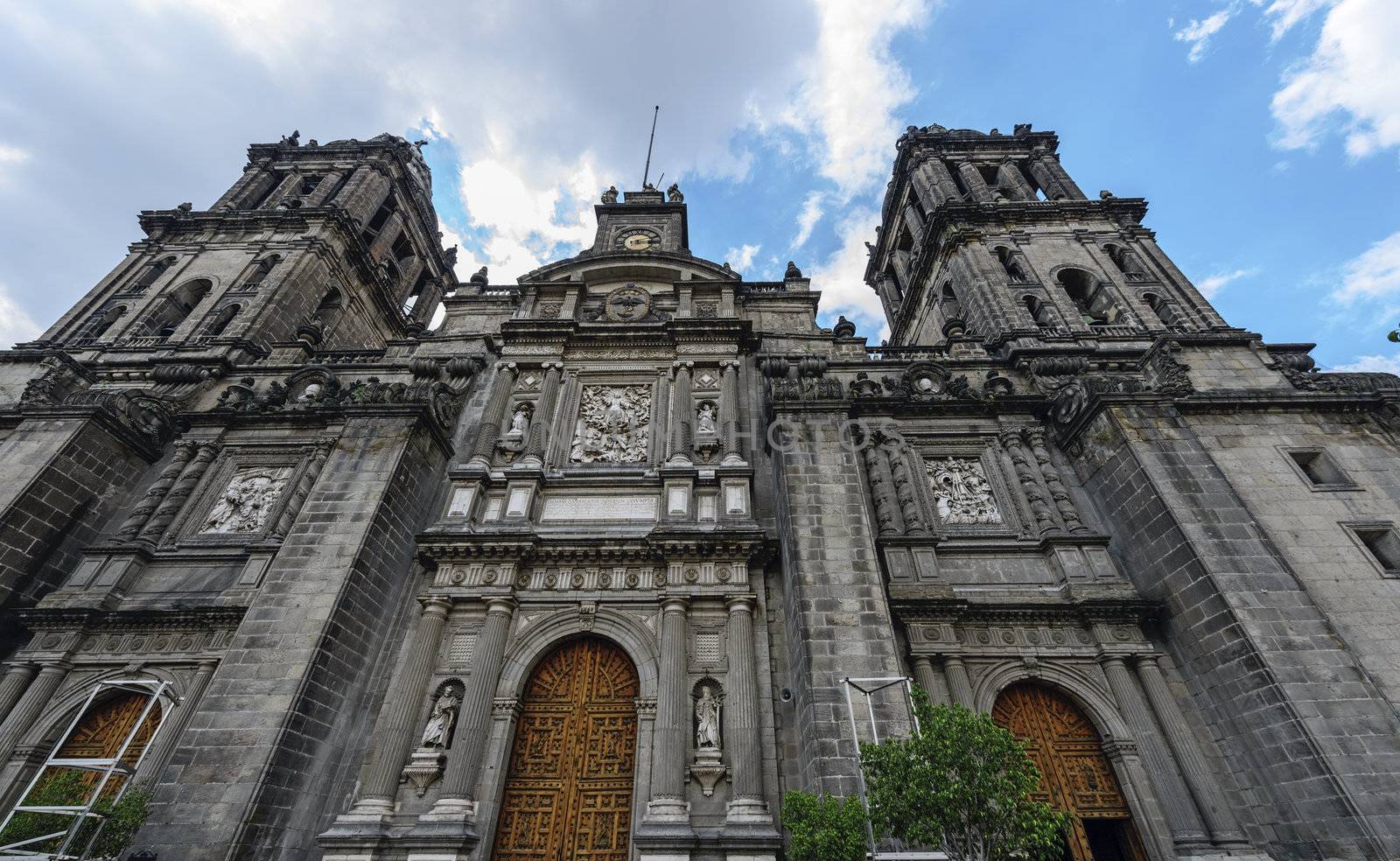
The Metropolitan Cathedral of the Assumption of Mary of Mexico C
Stock PhotoUsername
MarcusResolution
6502x4000pxThe Metropolitan Cathedral of the Assumption of Mary of Mexico C

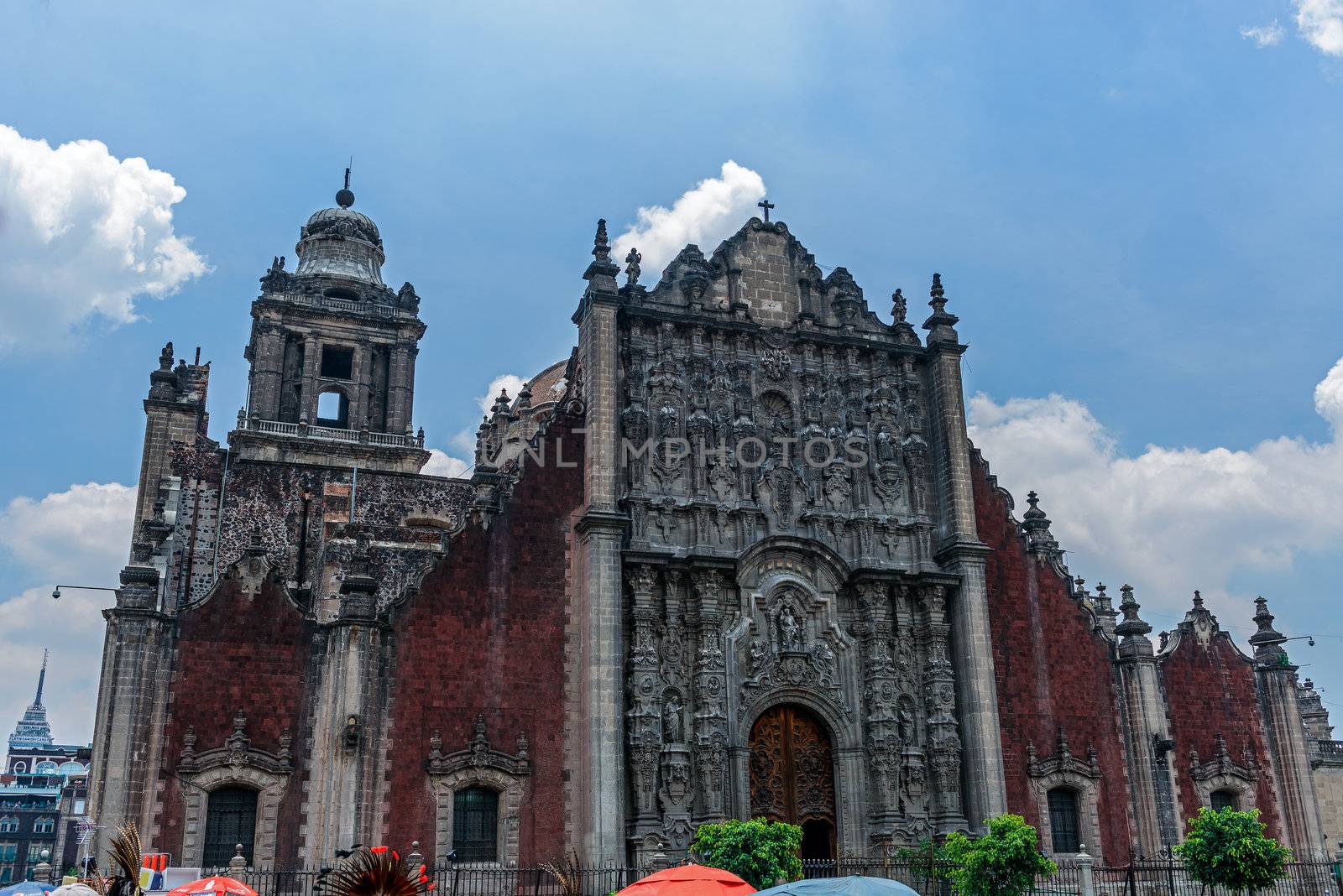
The Metropolitan Cathedral of the Assumption of Mary of Mexico C
Stock PhotoUsername
MarcusResolution
6200x4138pxThe Metropolitan Cathedral of the Assumption of Mary of Mexico C

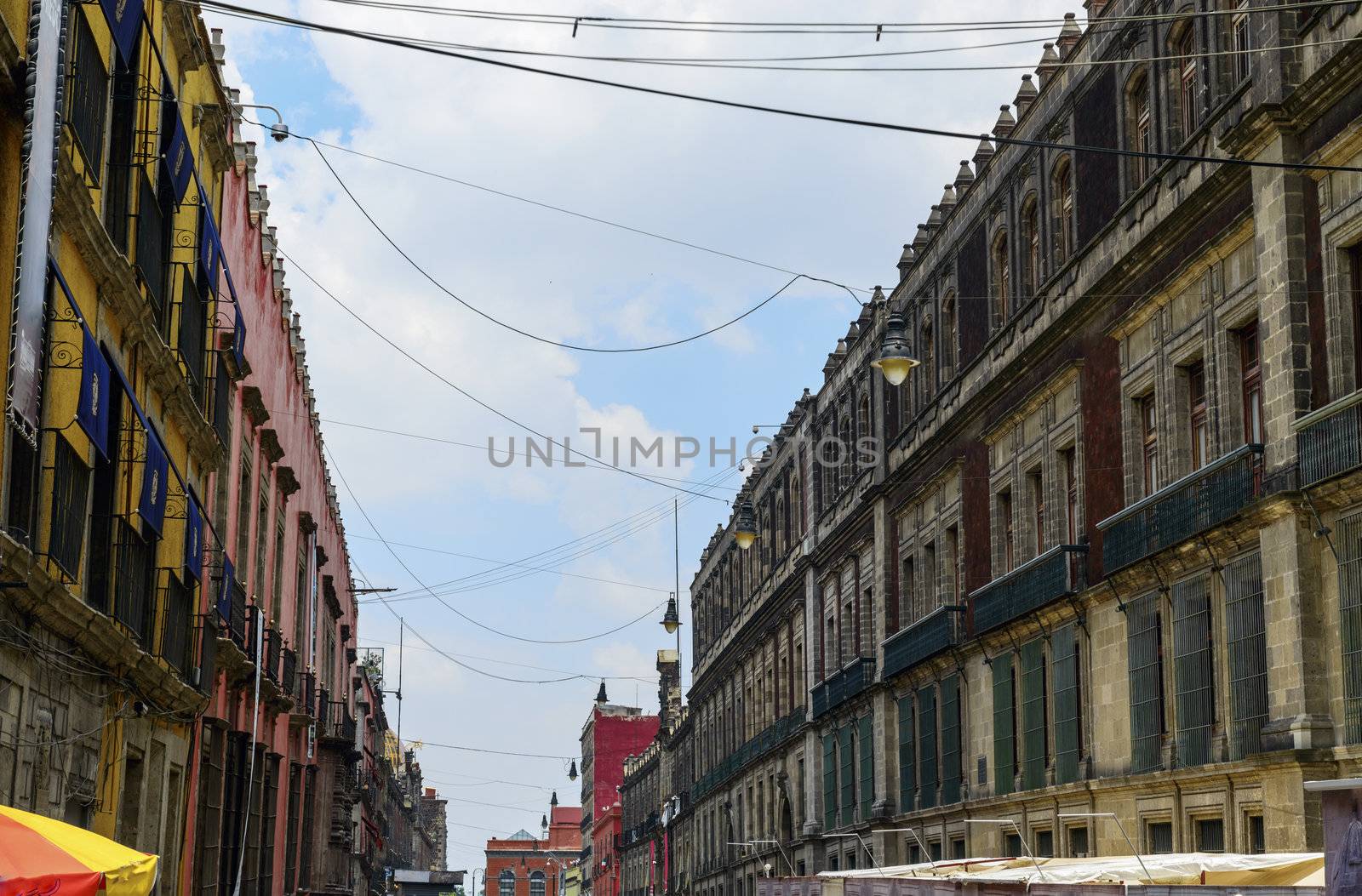
Mexico city old colonial buildings
Stock PhotoUsername
MarcusResolution
7360x4845pxMexico city old colonial buildings

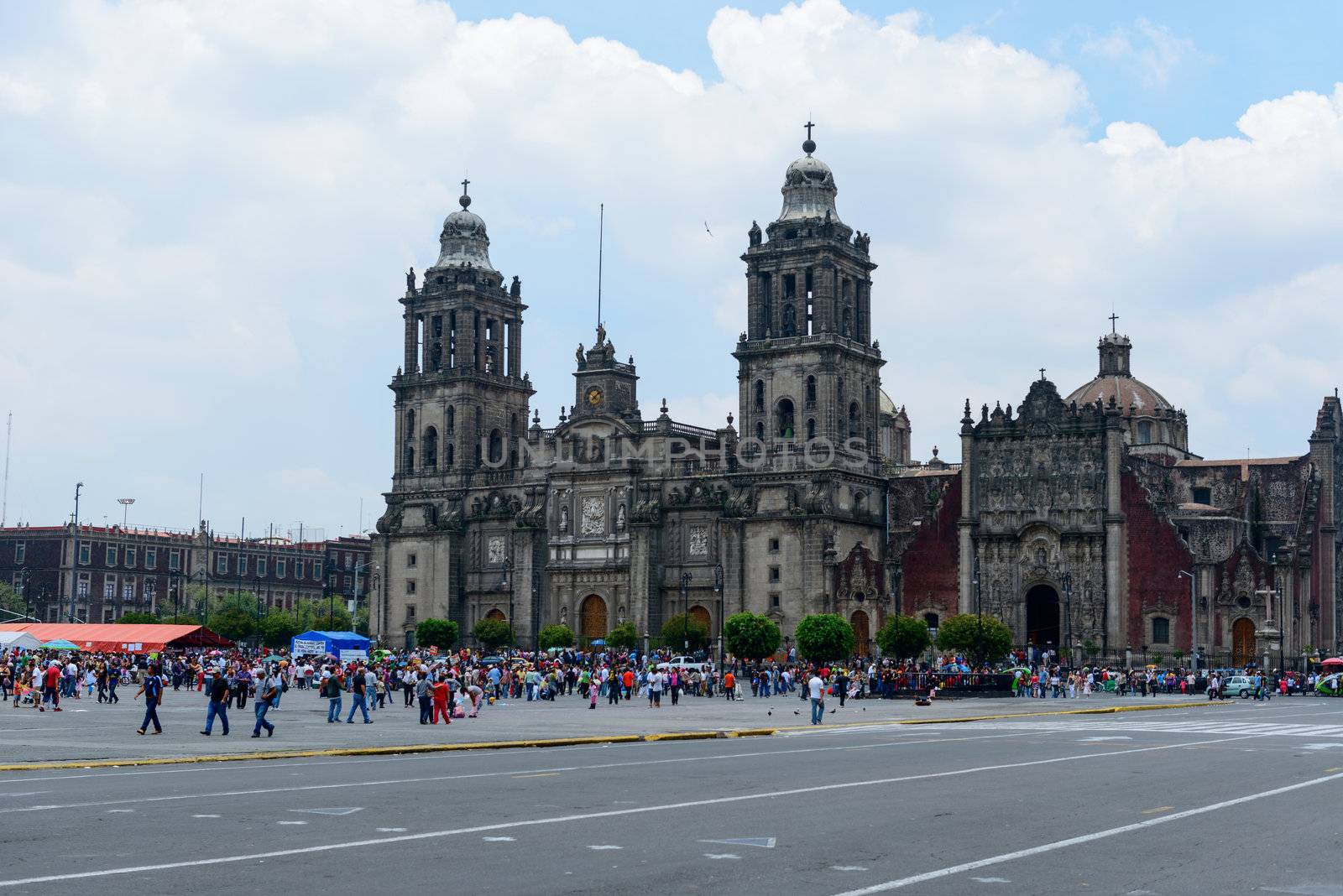
The Metropolitan Cathedral in Mexico City
Stock PhotoUsername
MarcusResolution
7360x4912pxThe Metropolitan Cathedral in Mexico City

